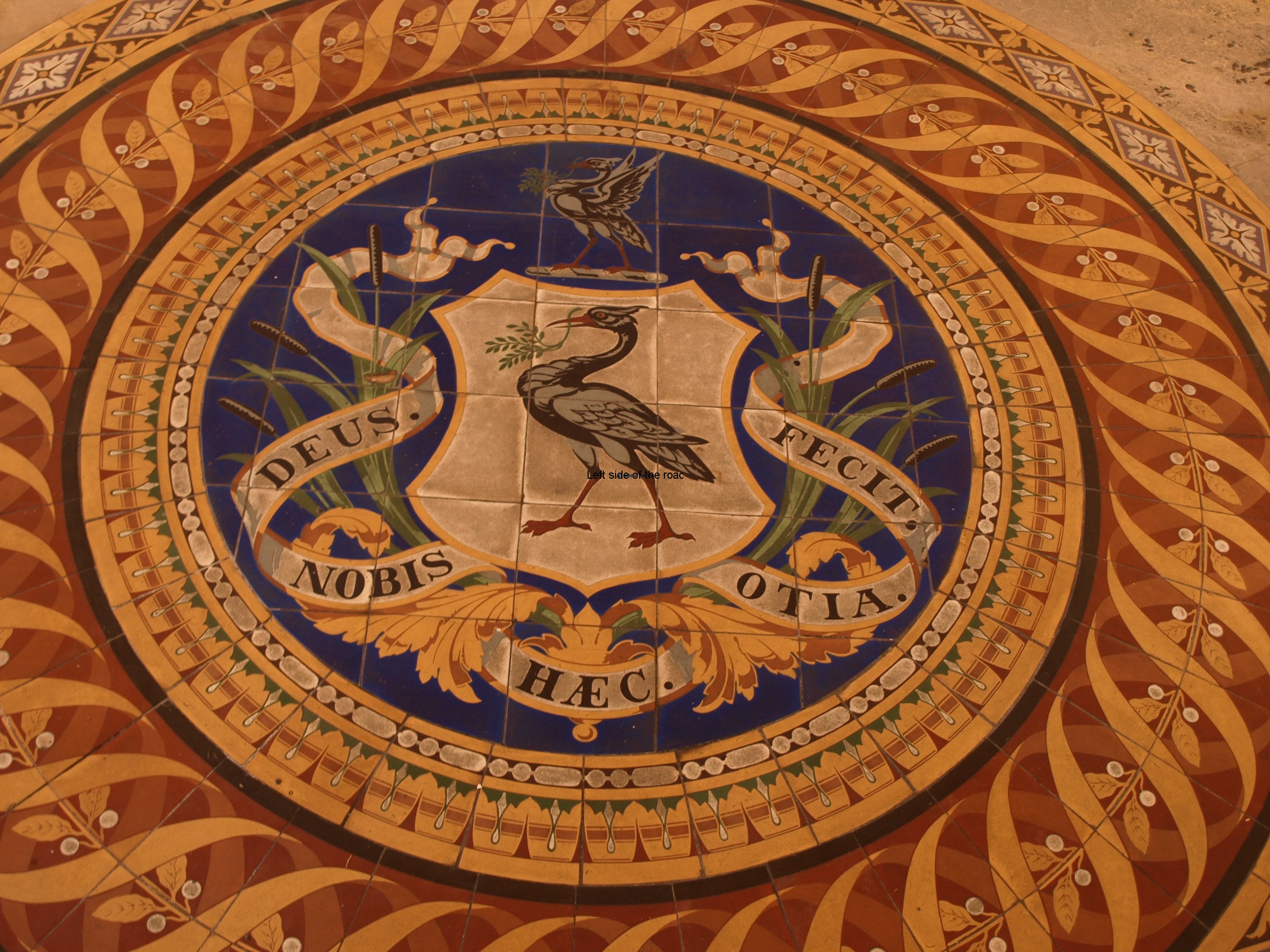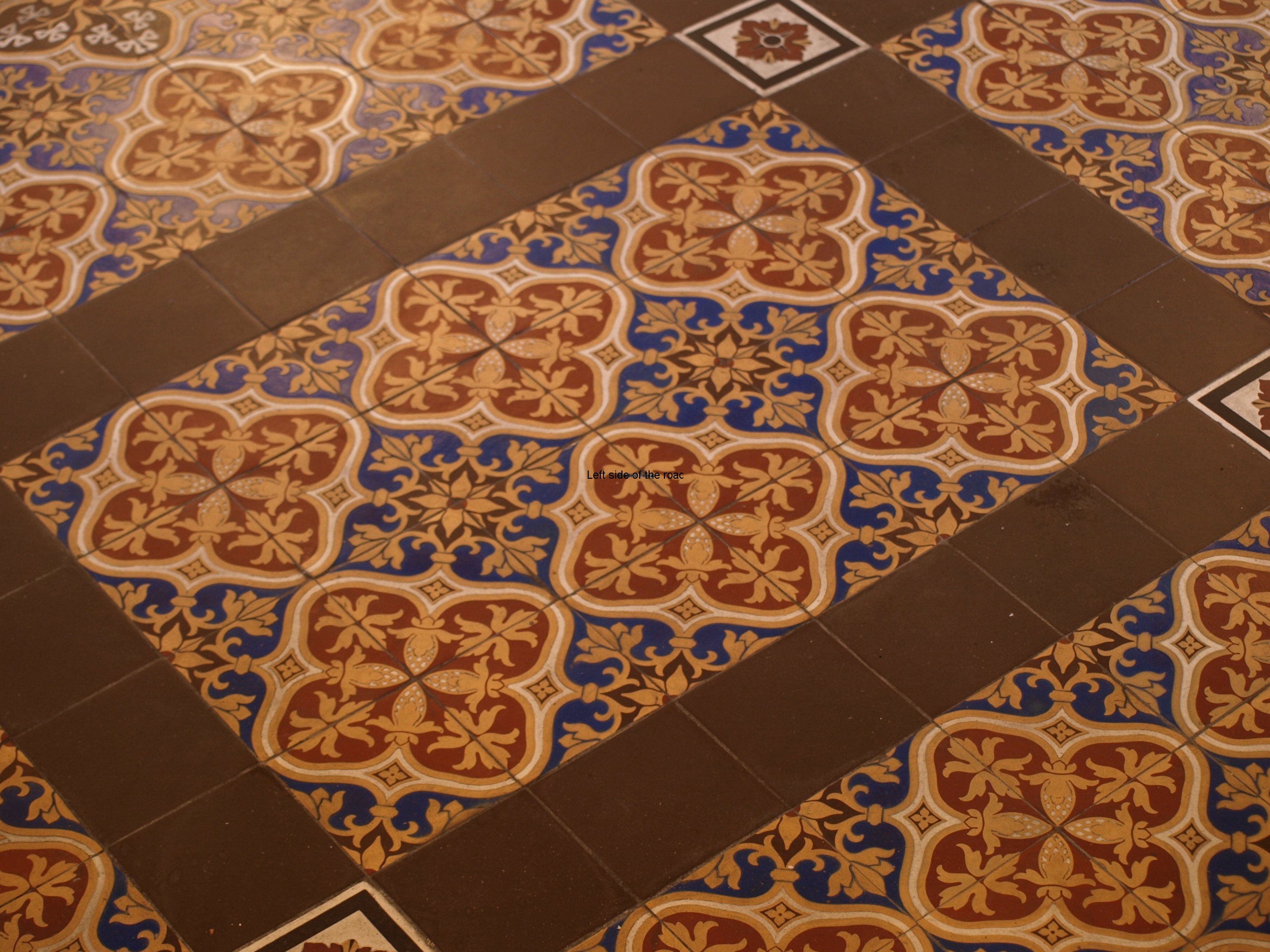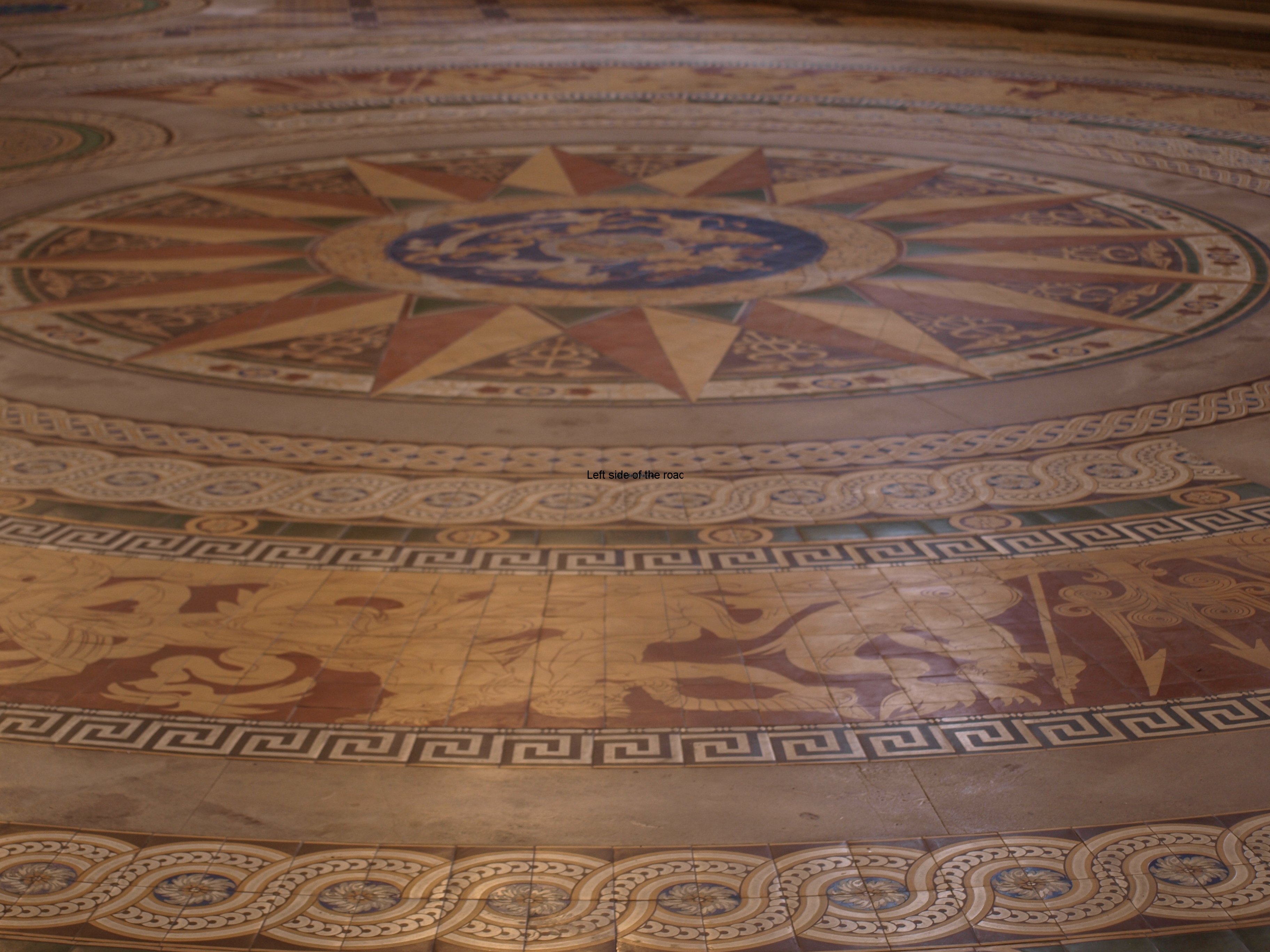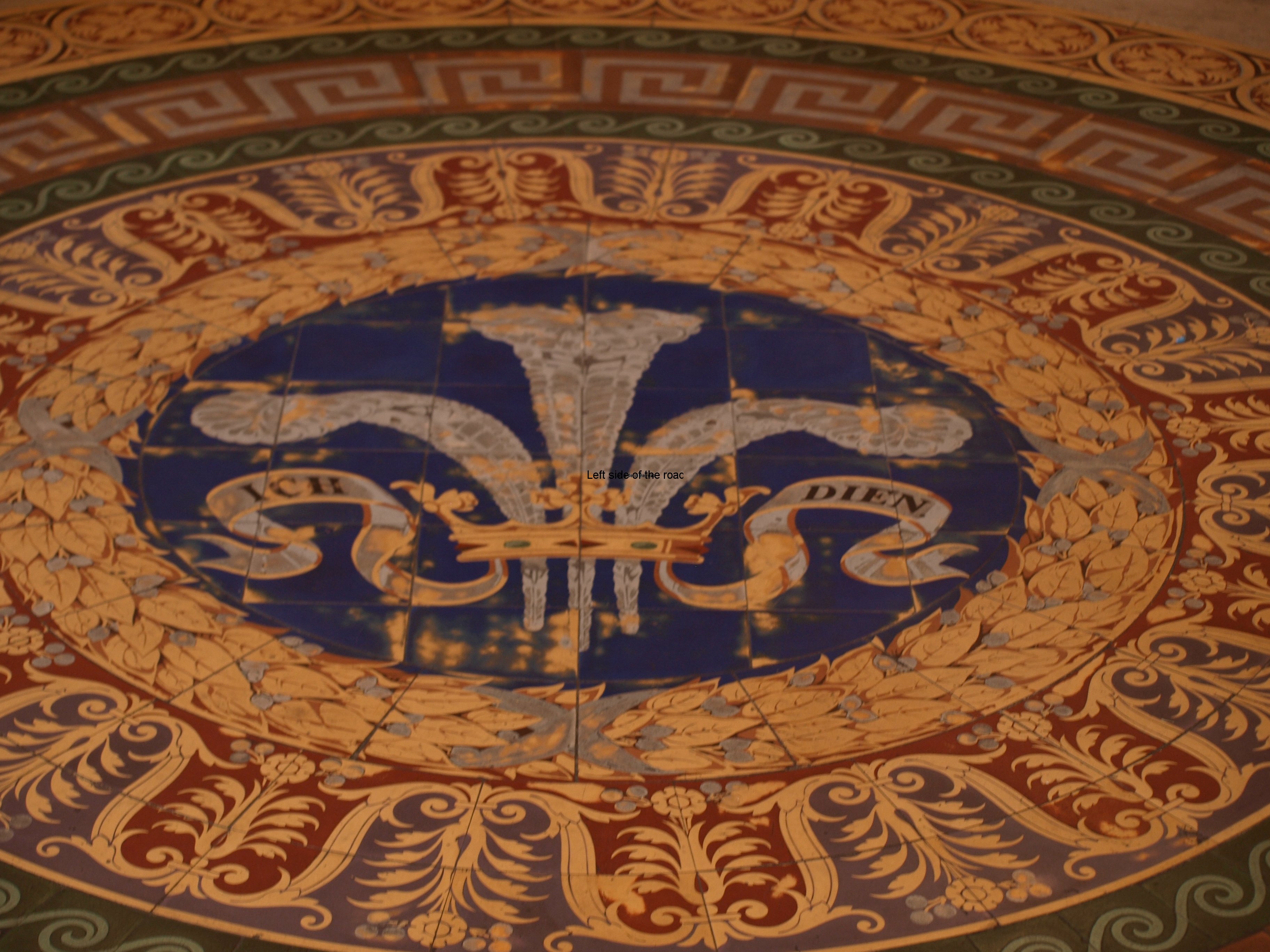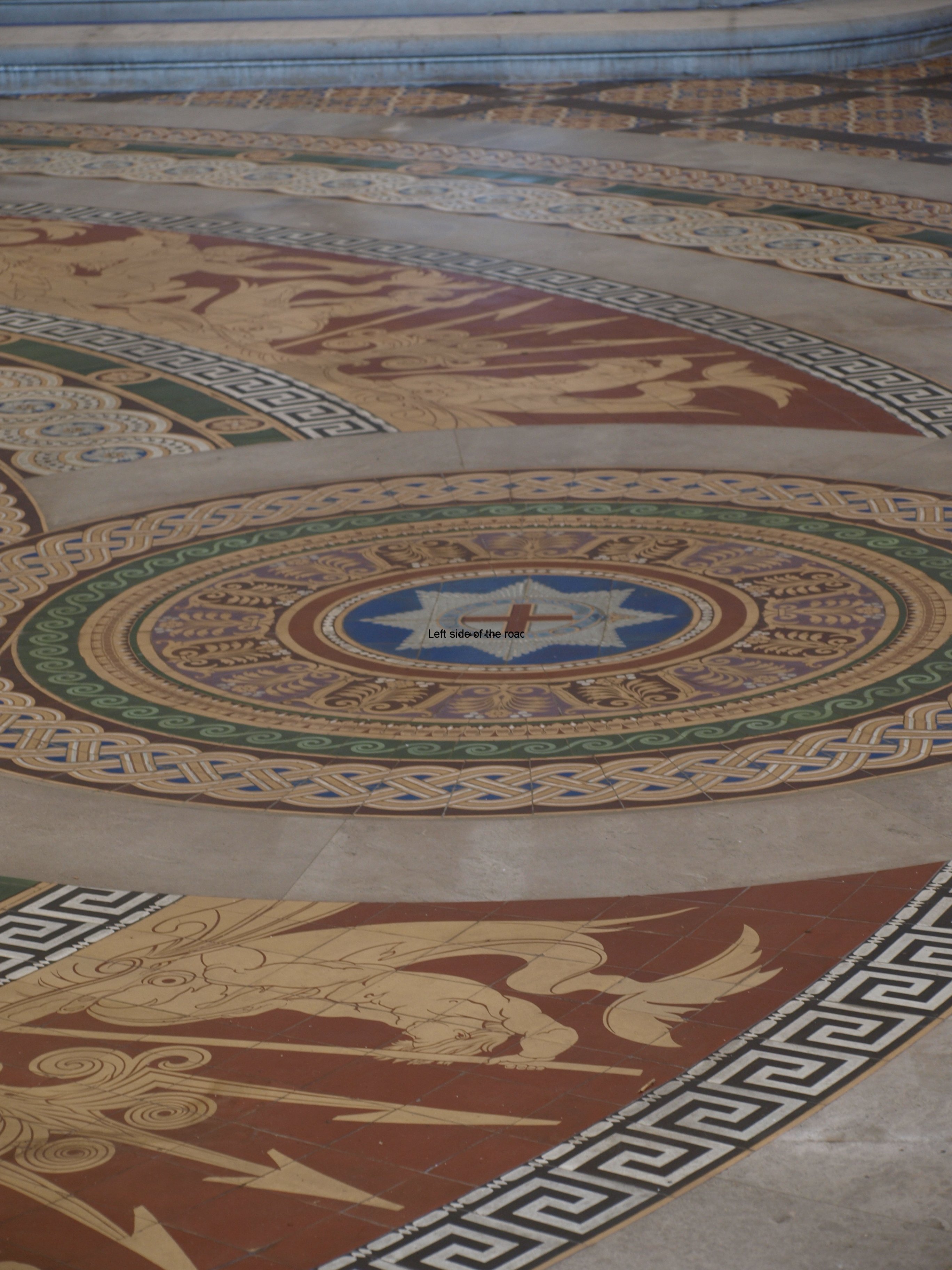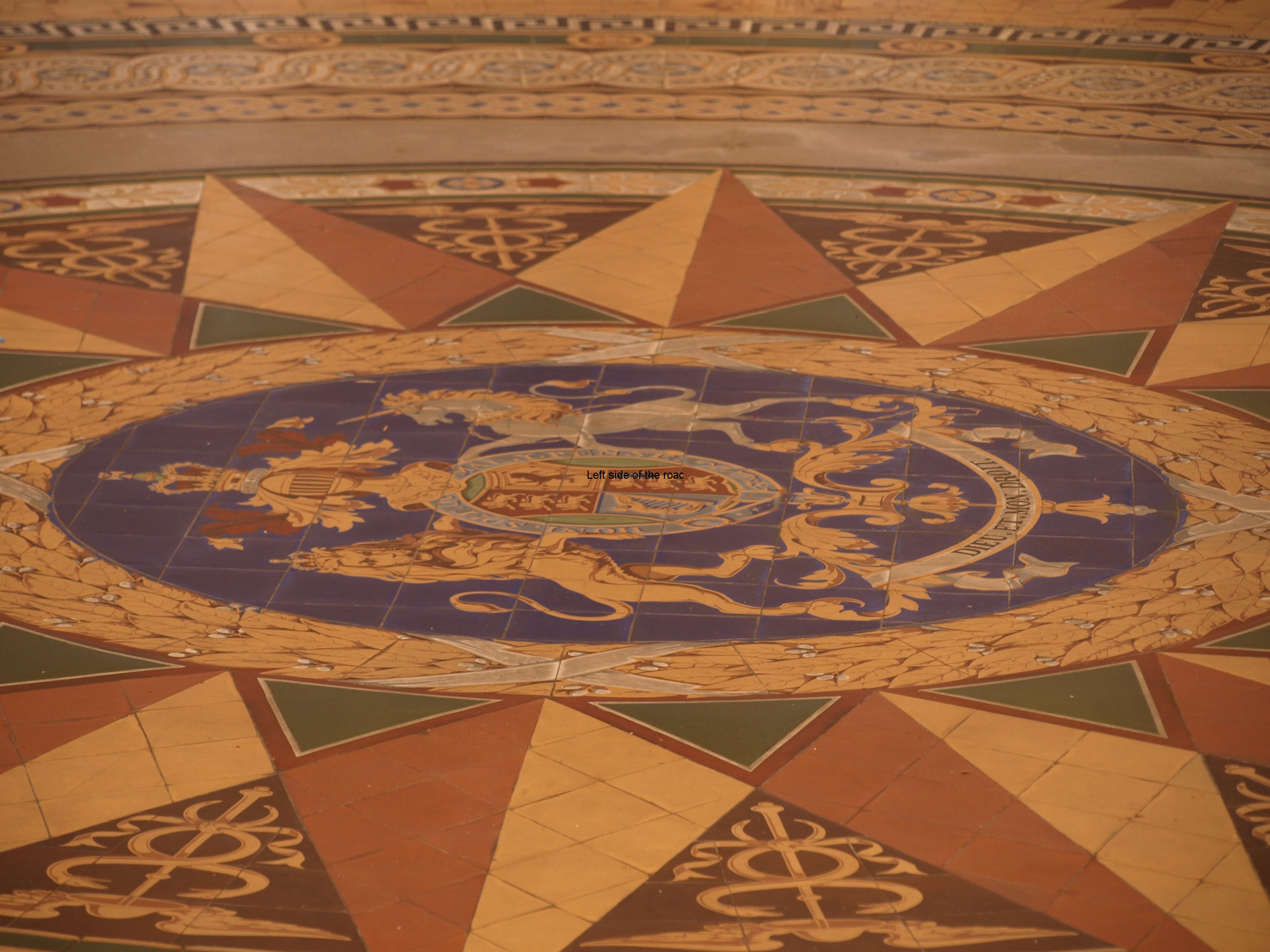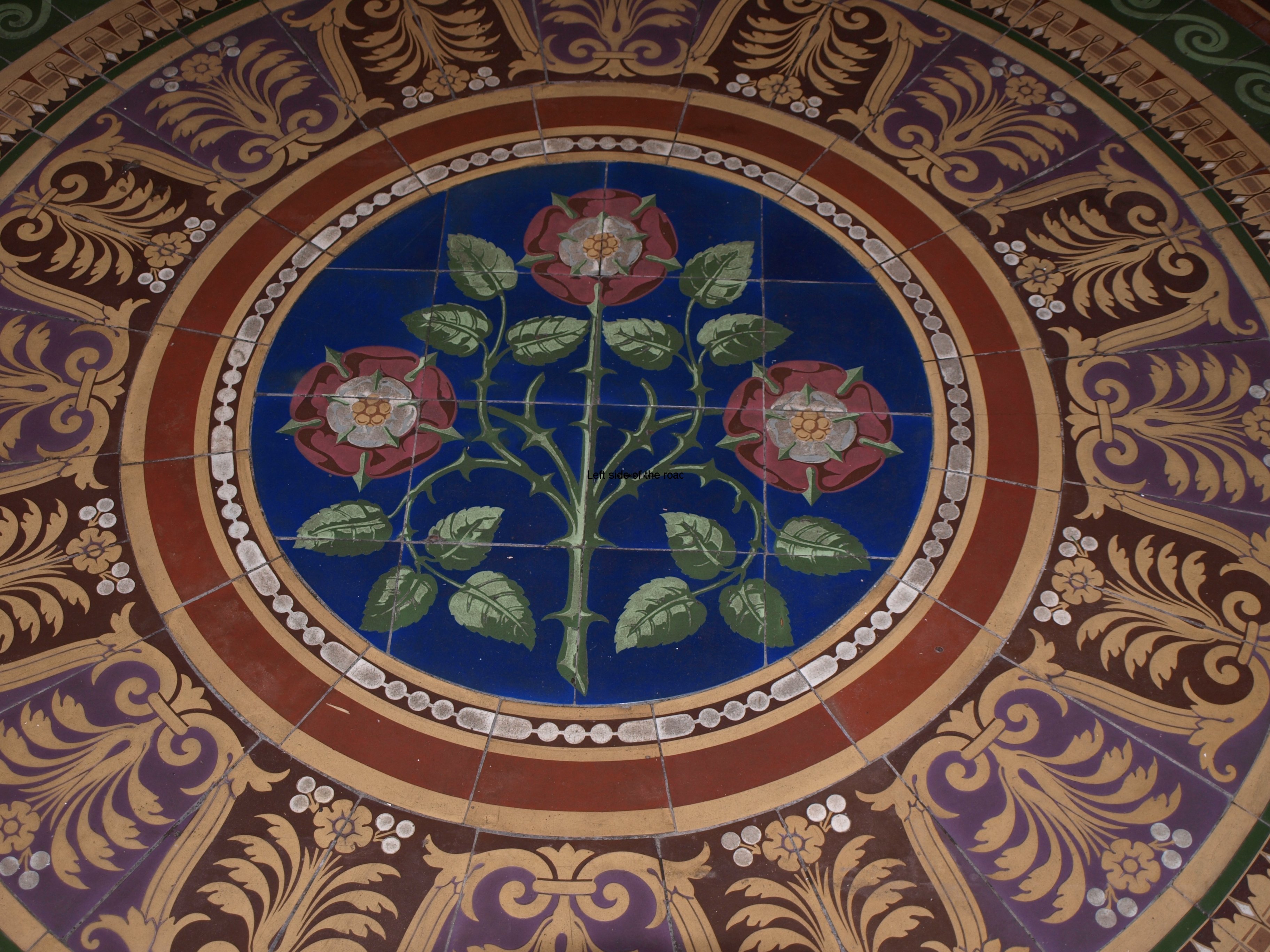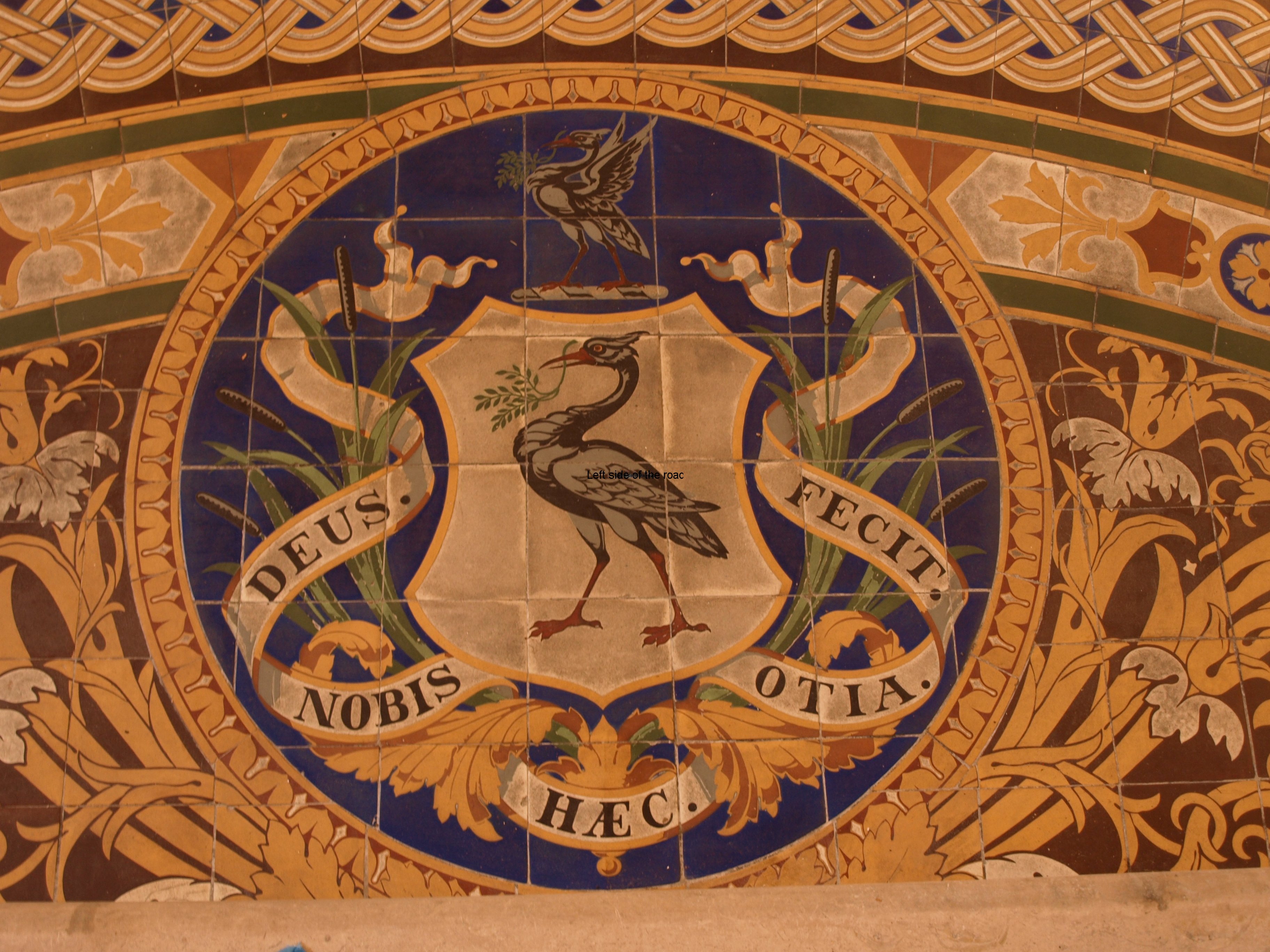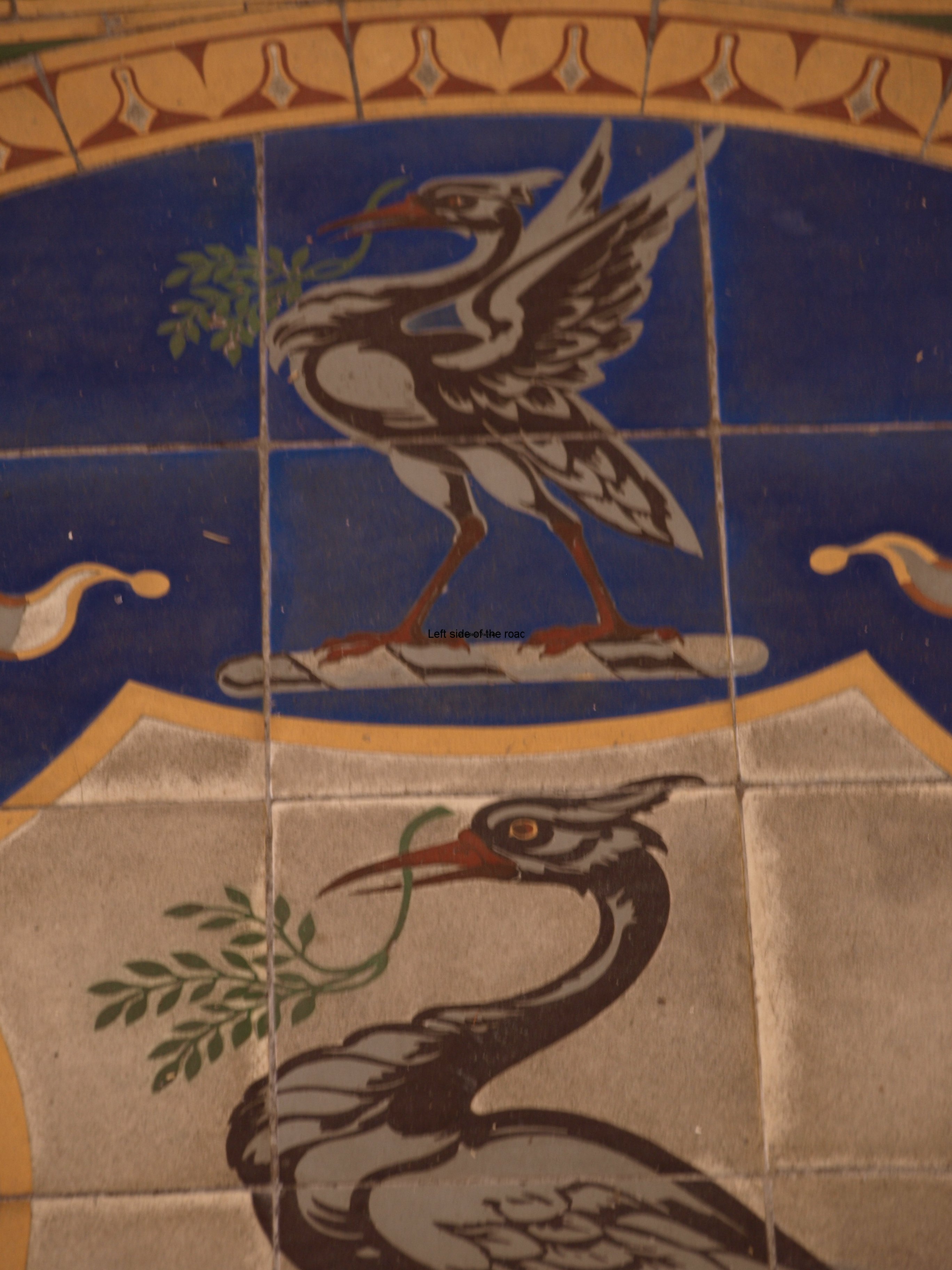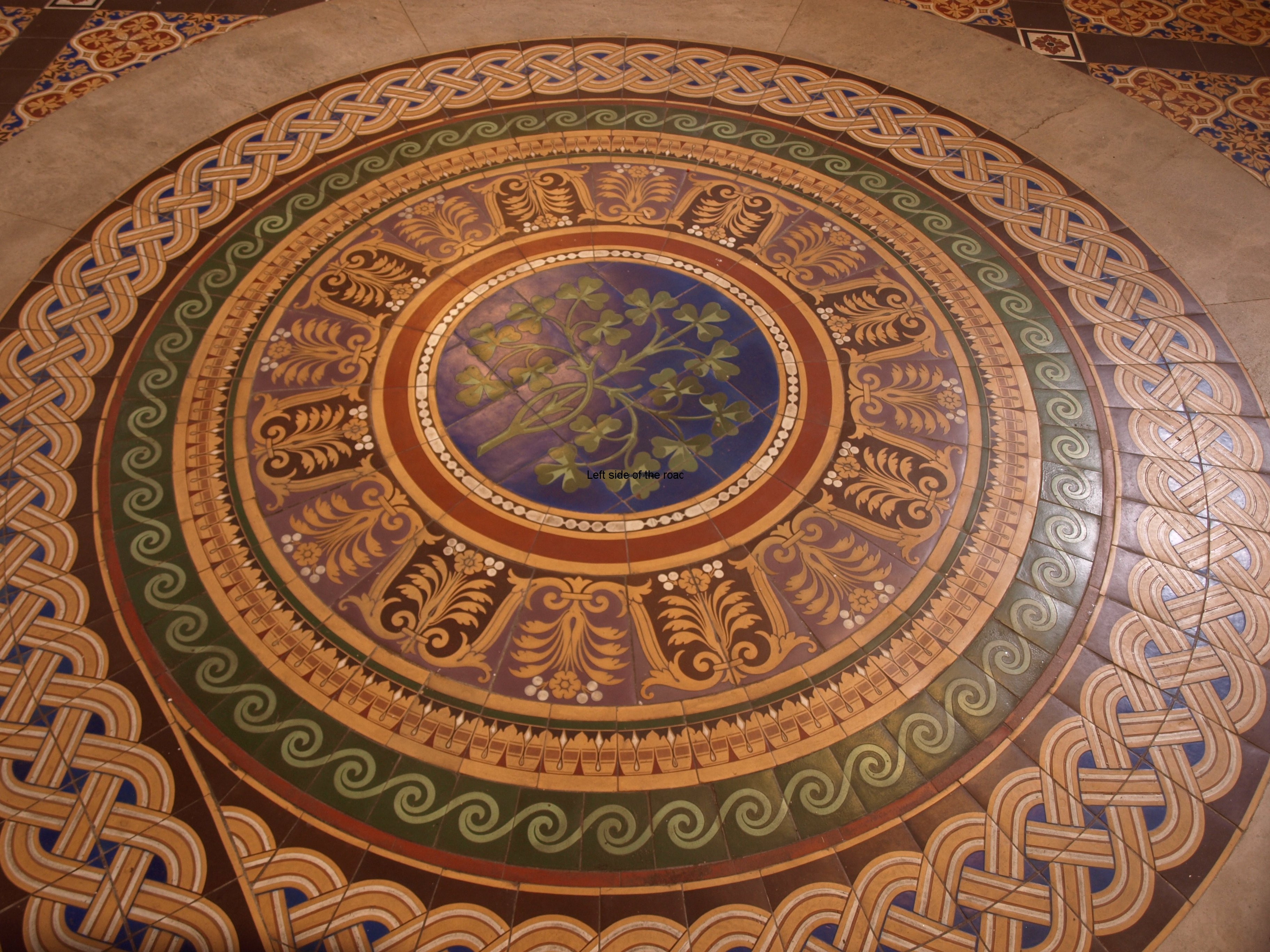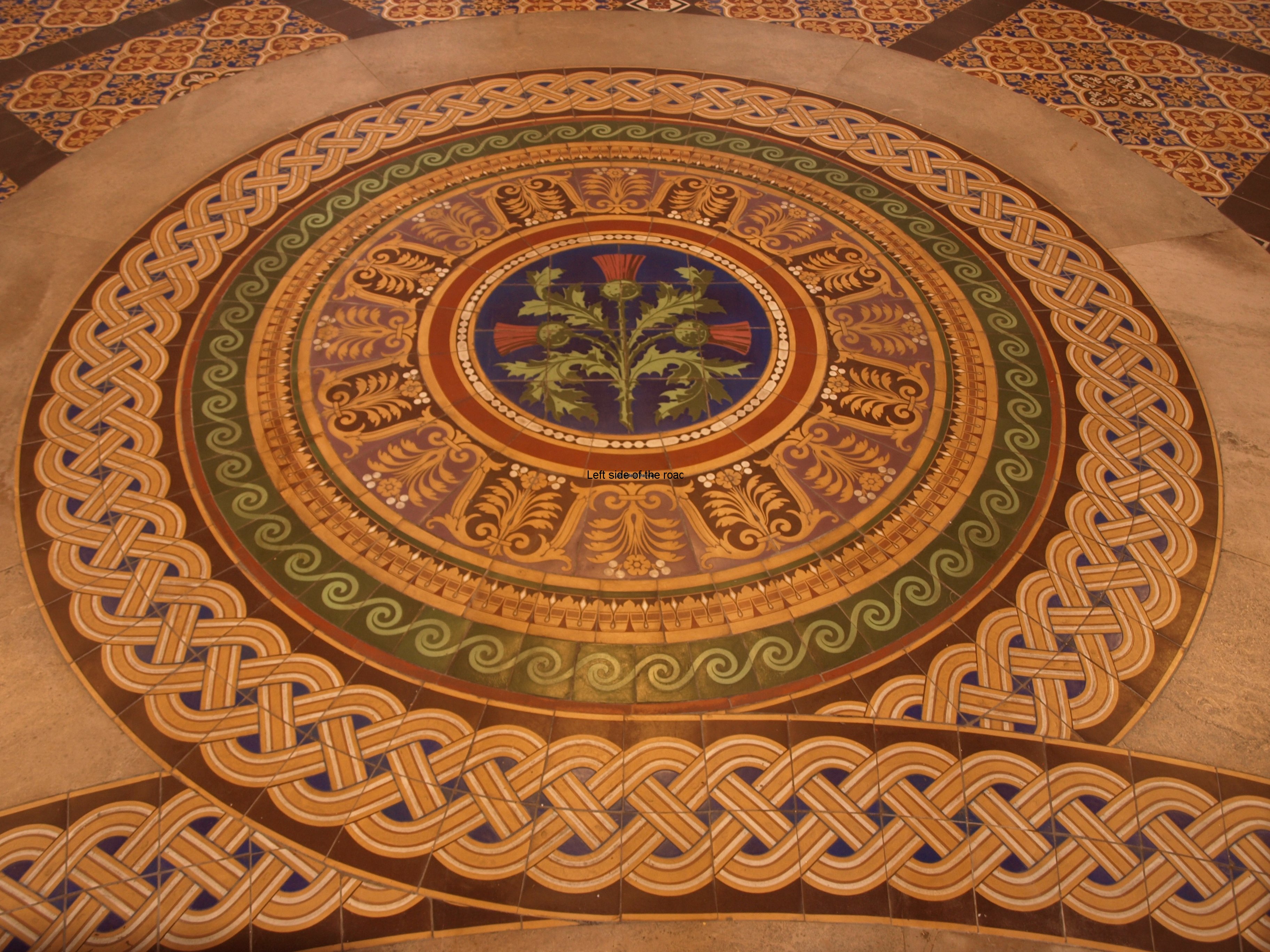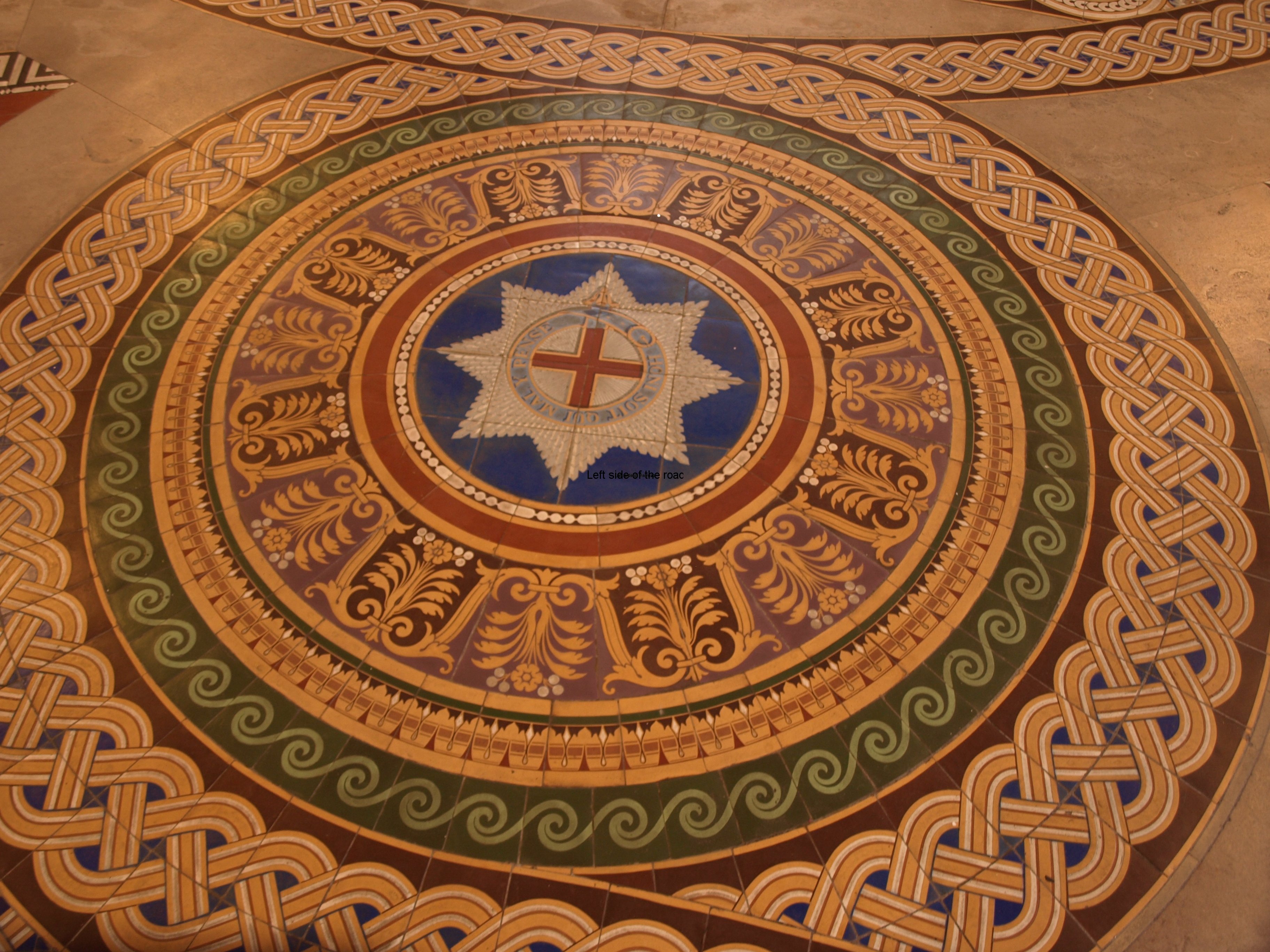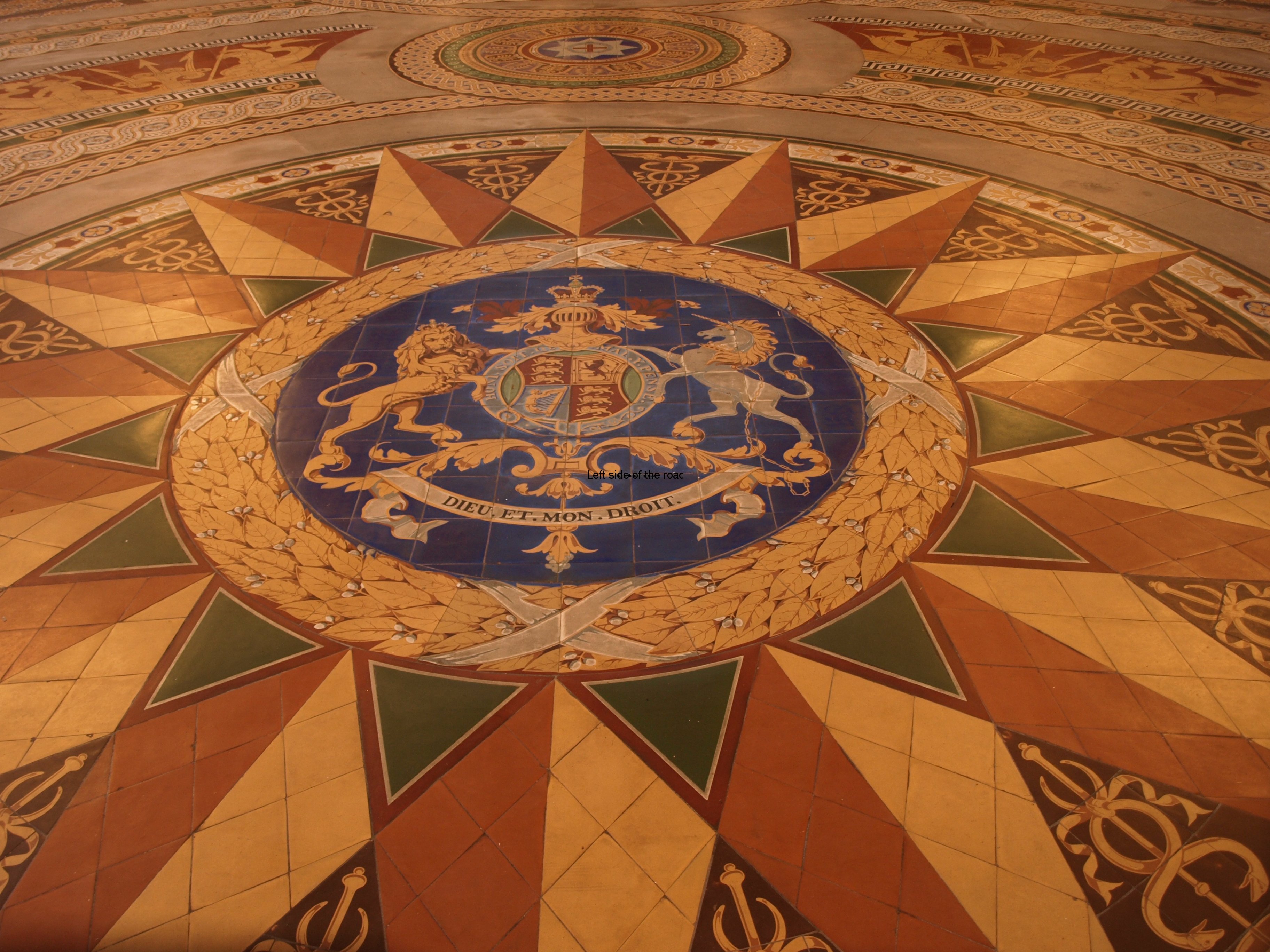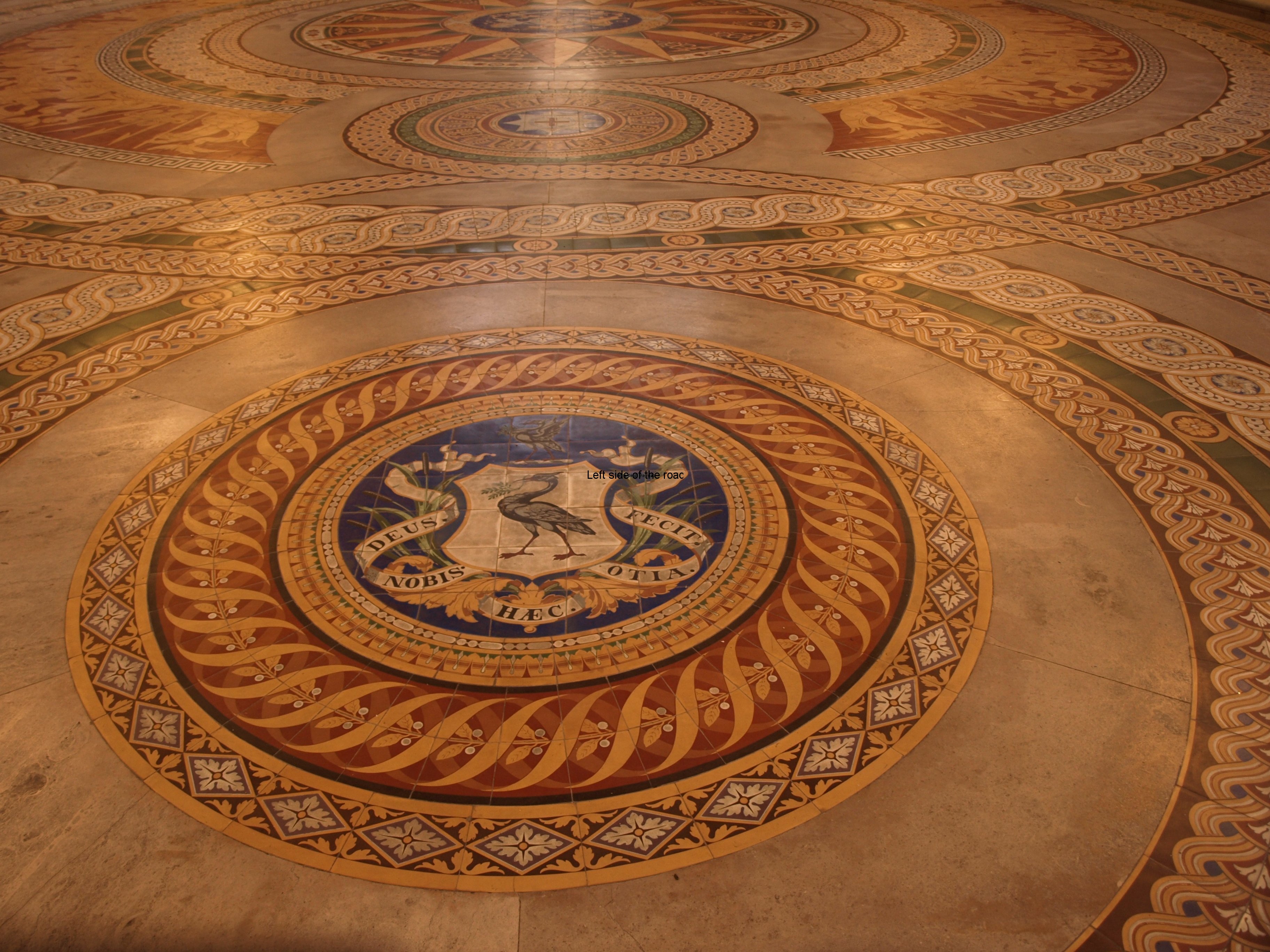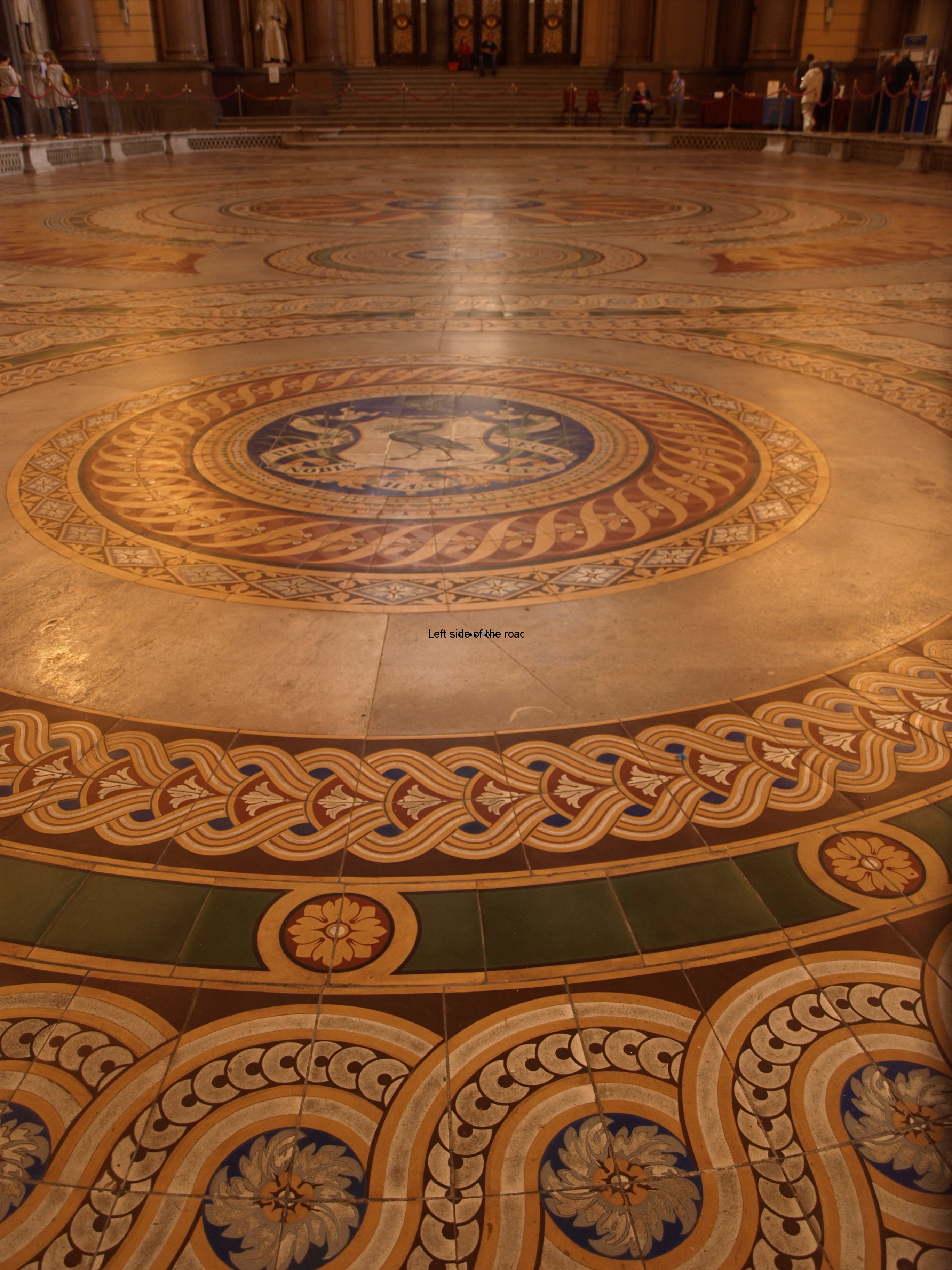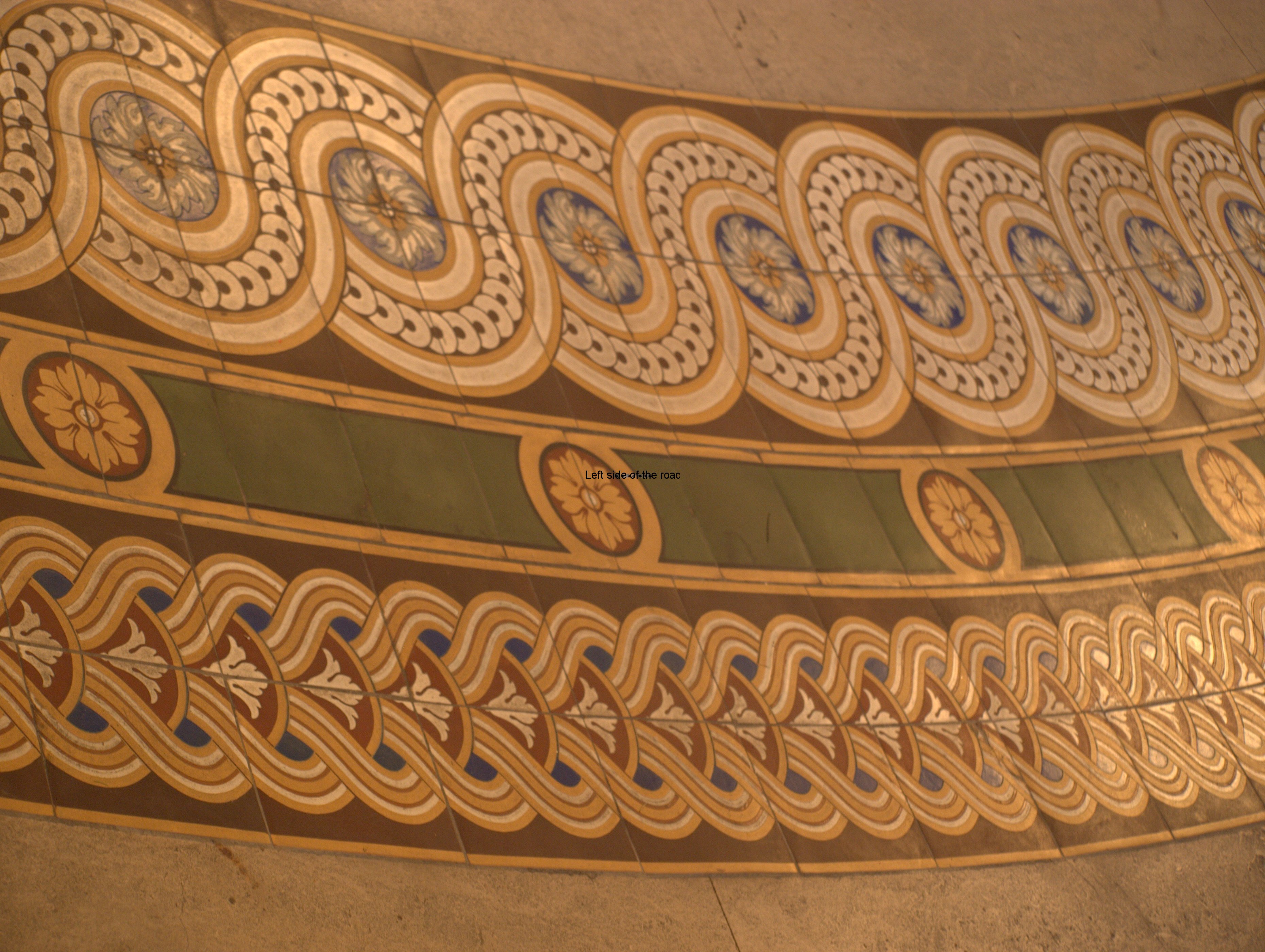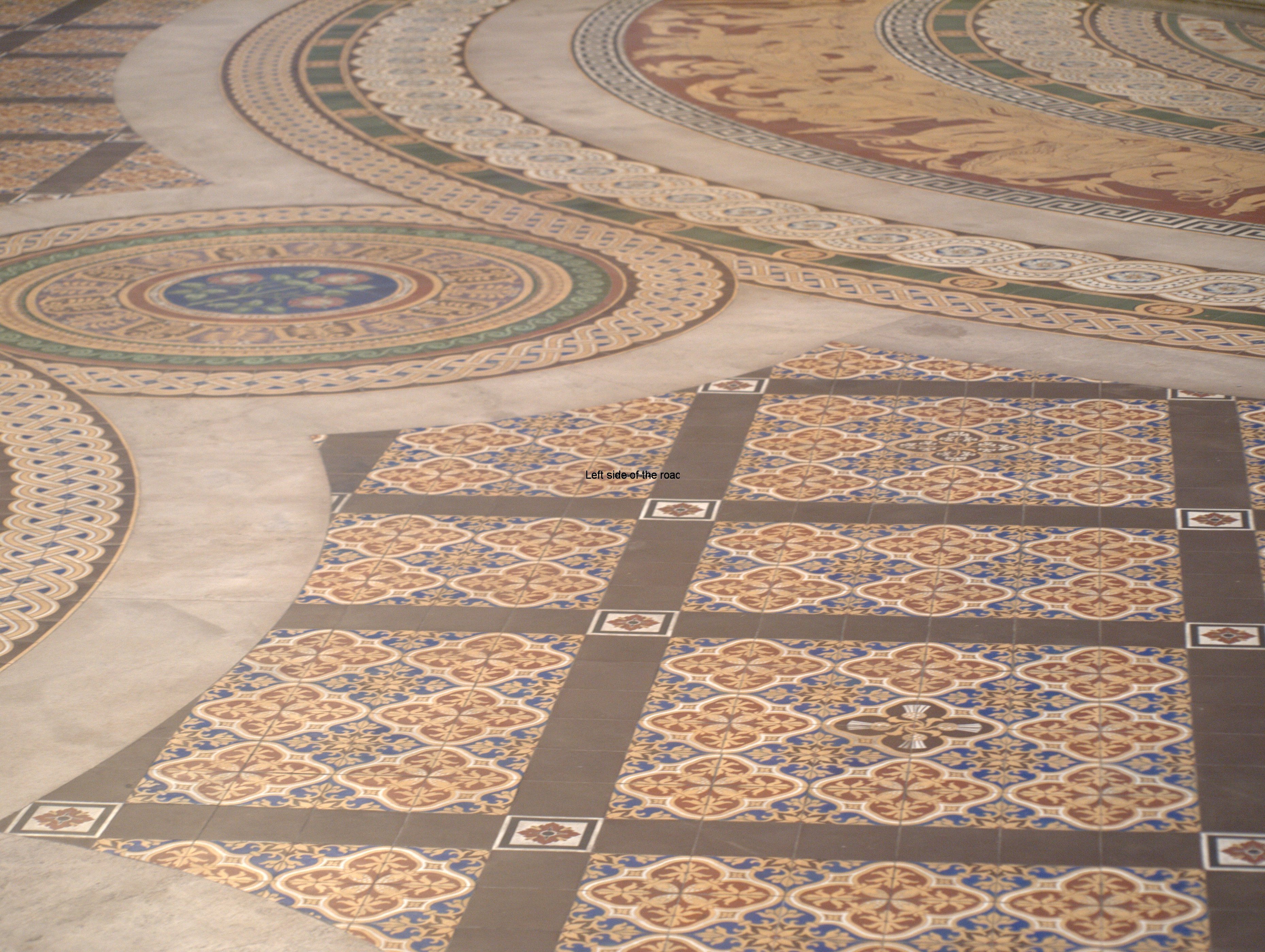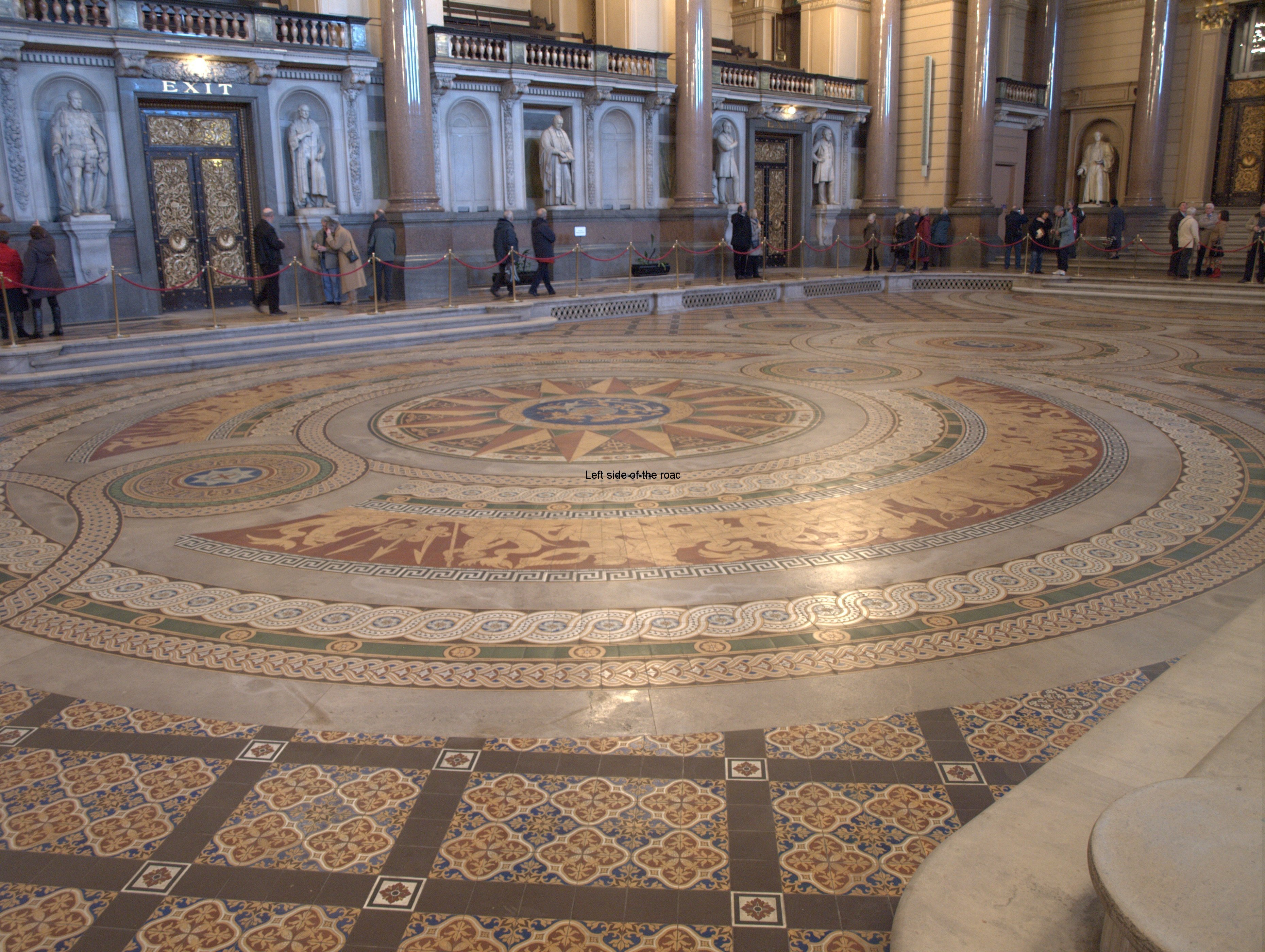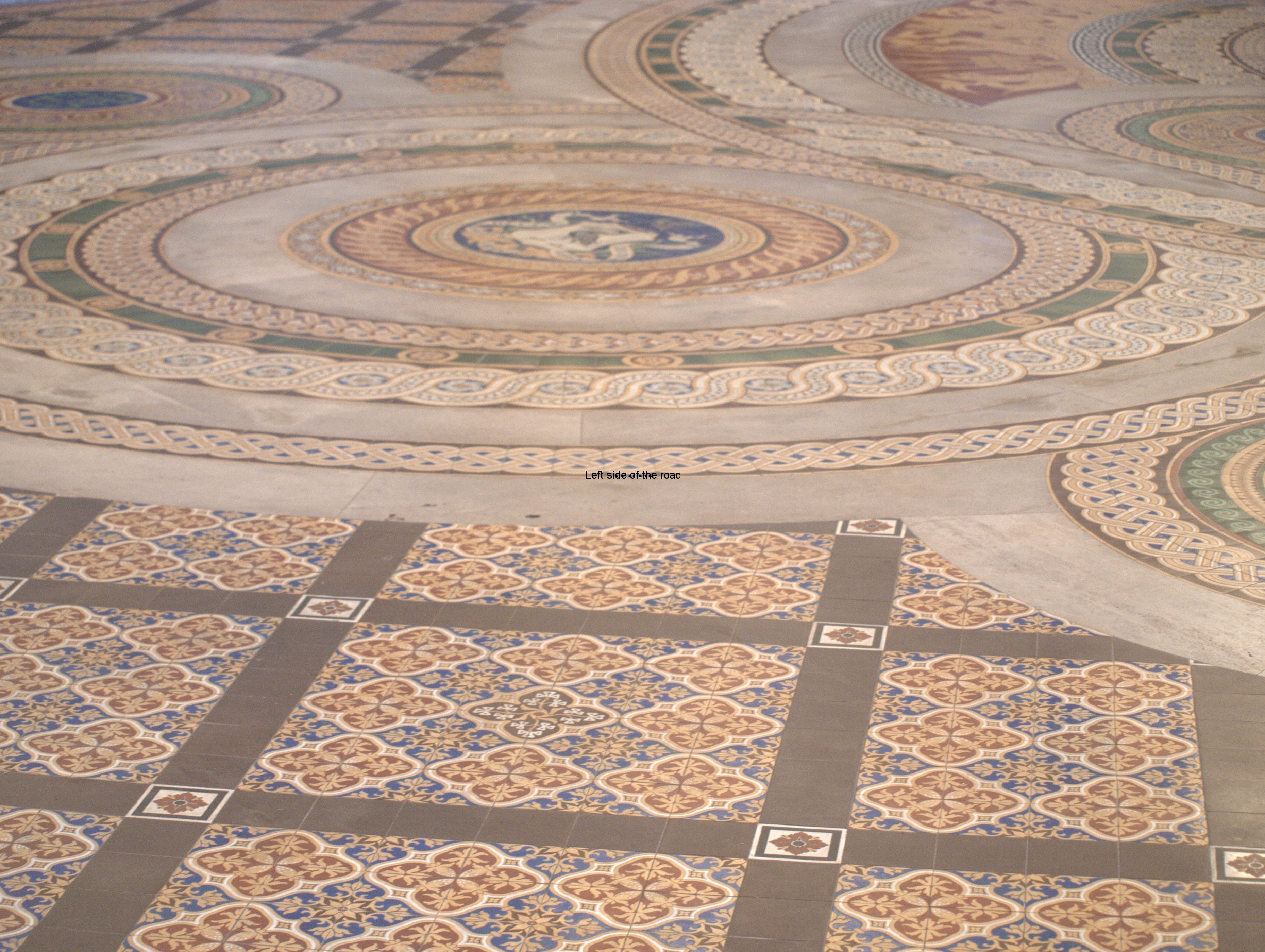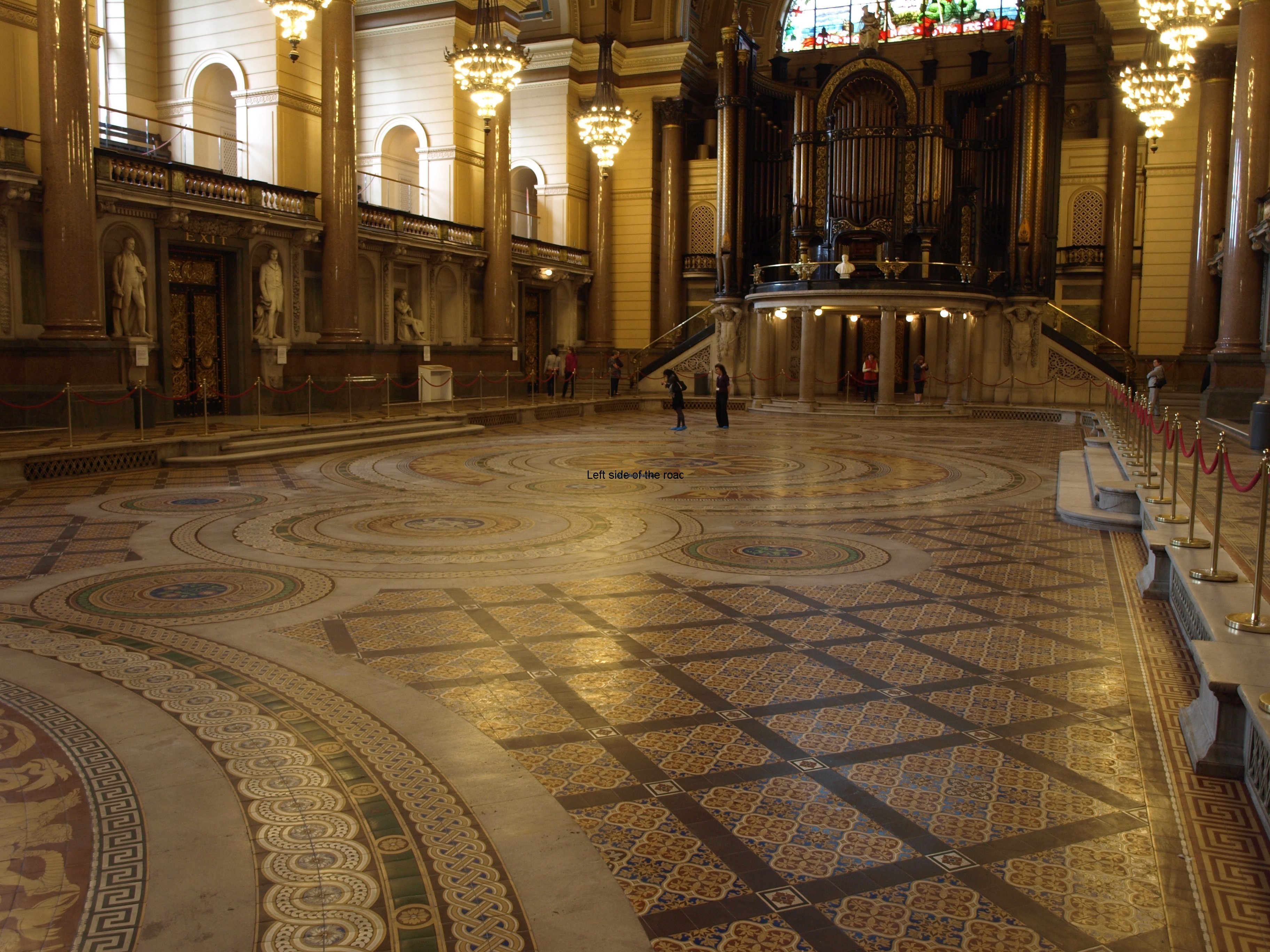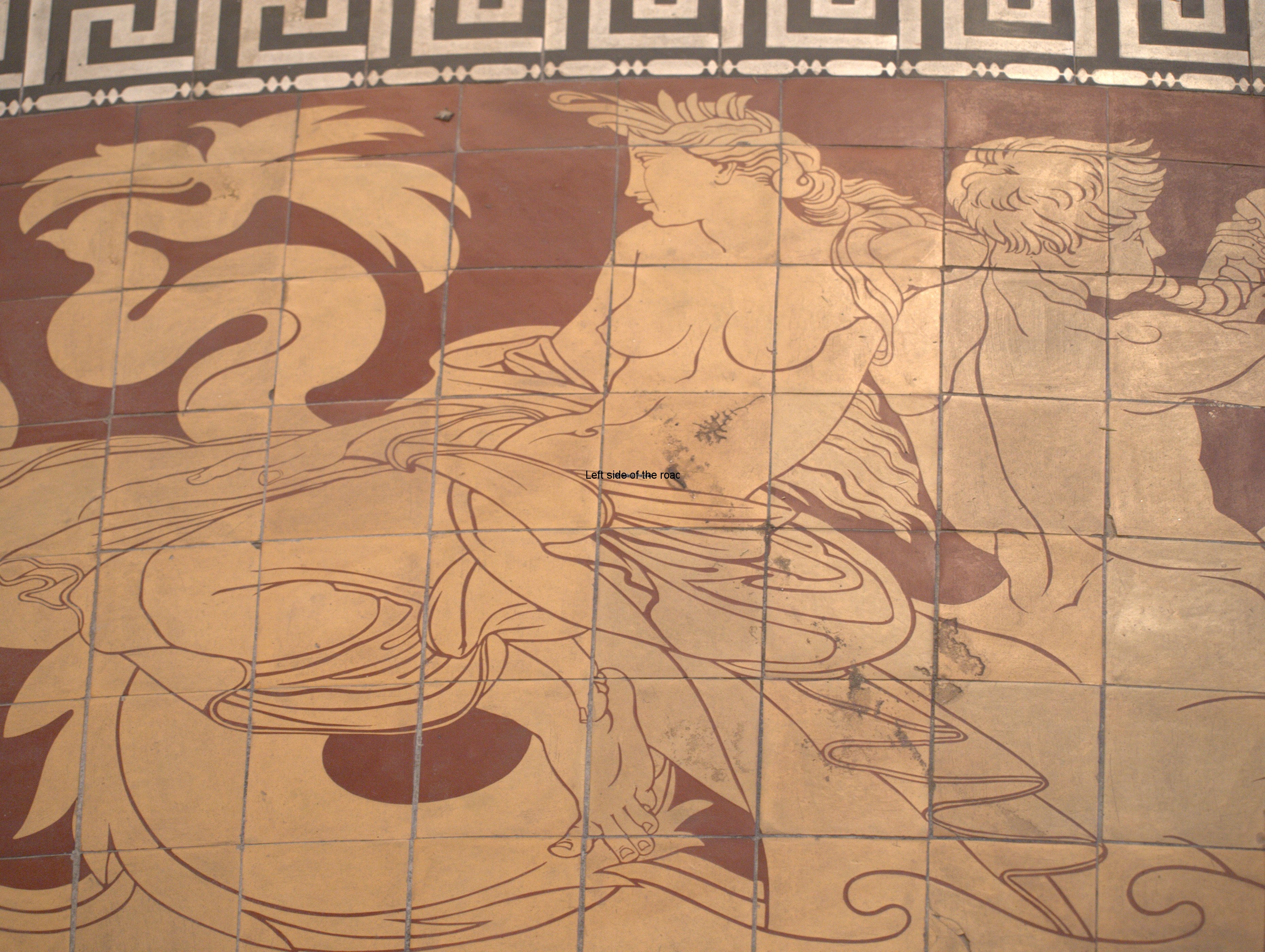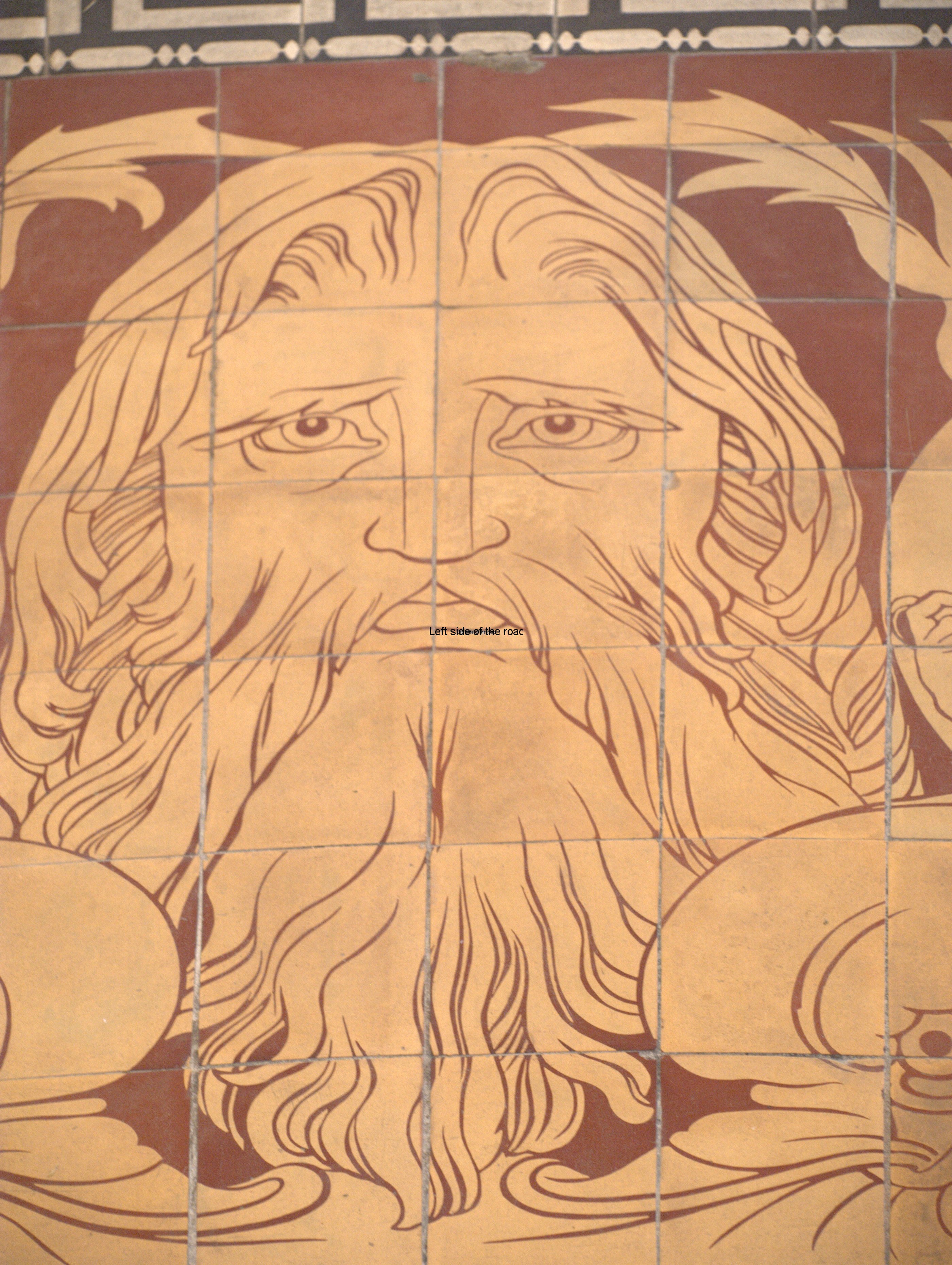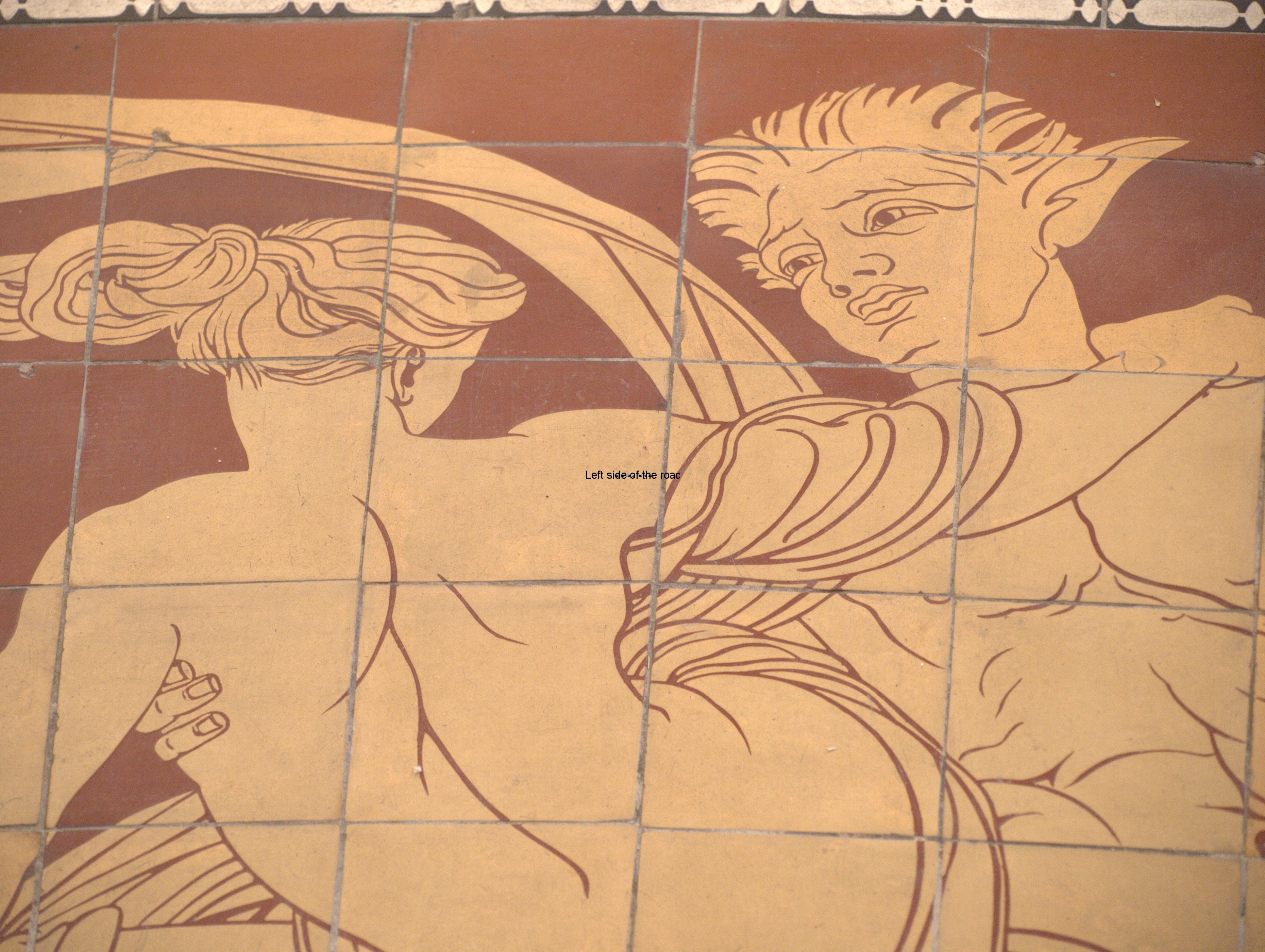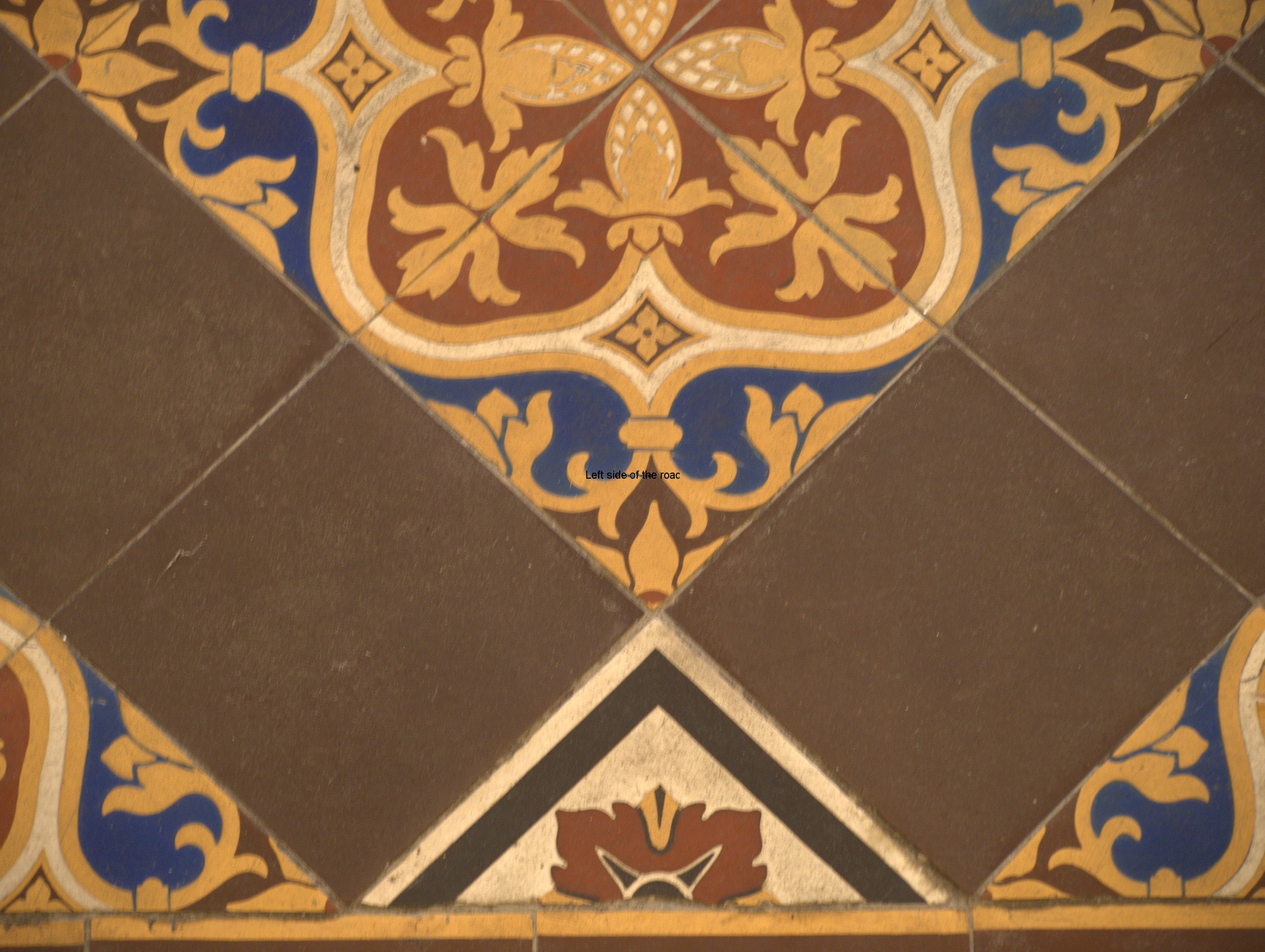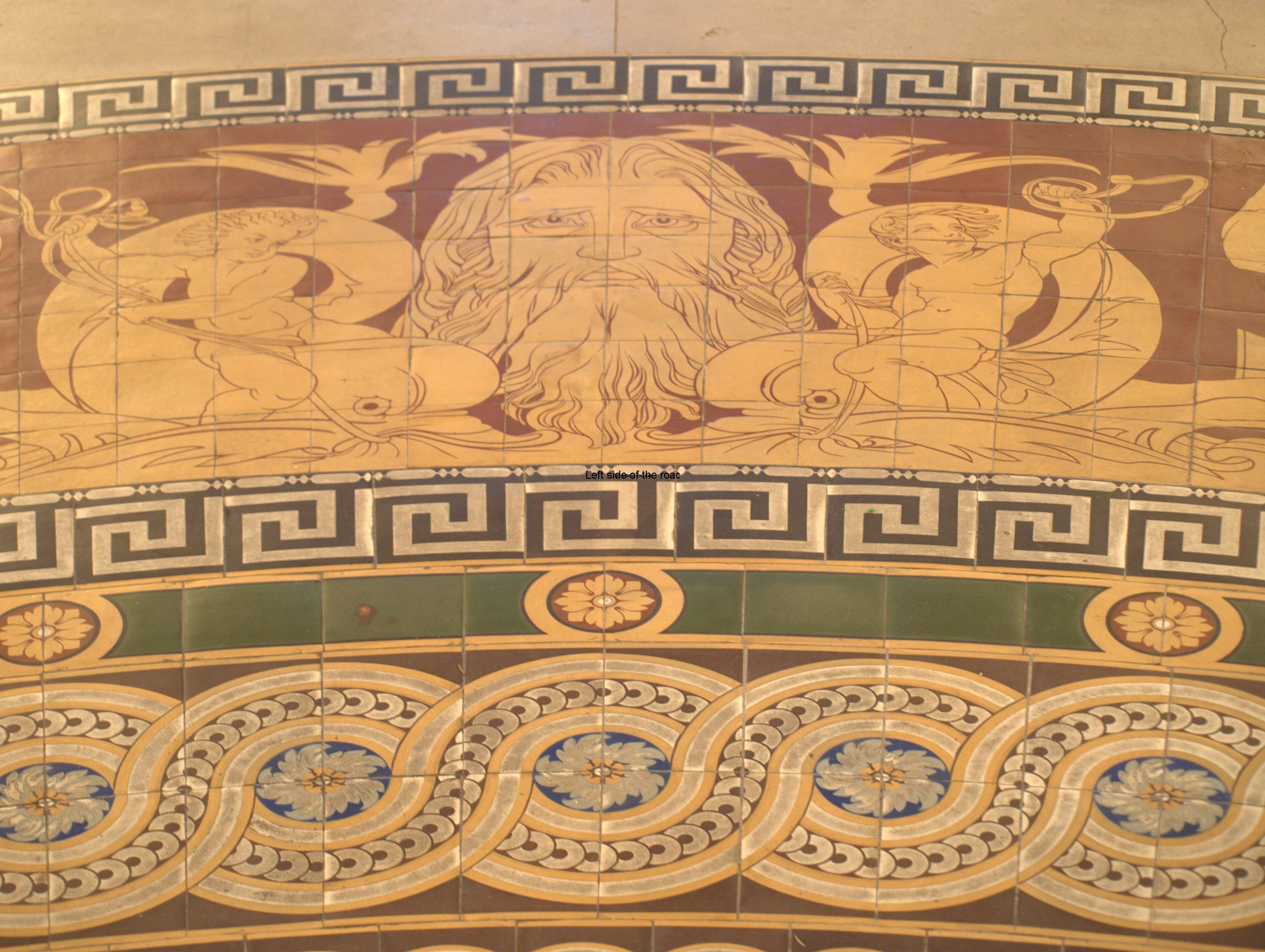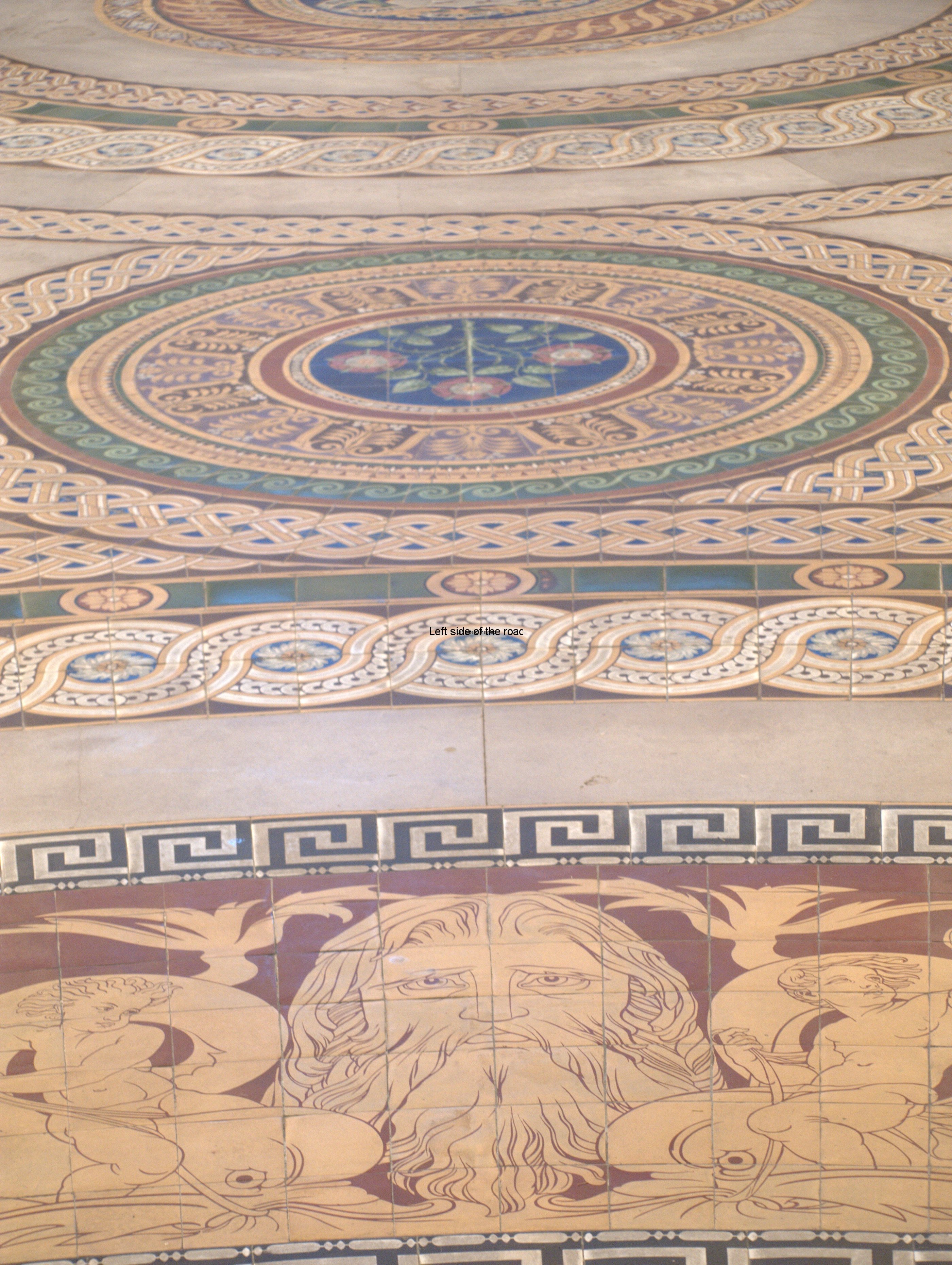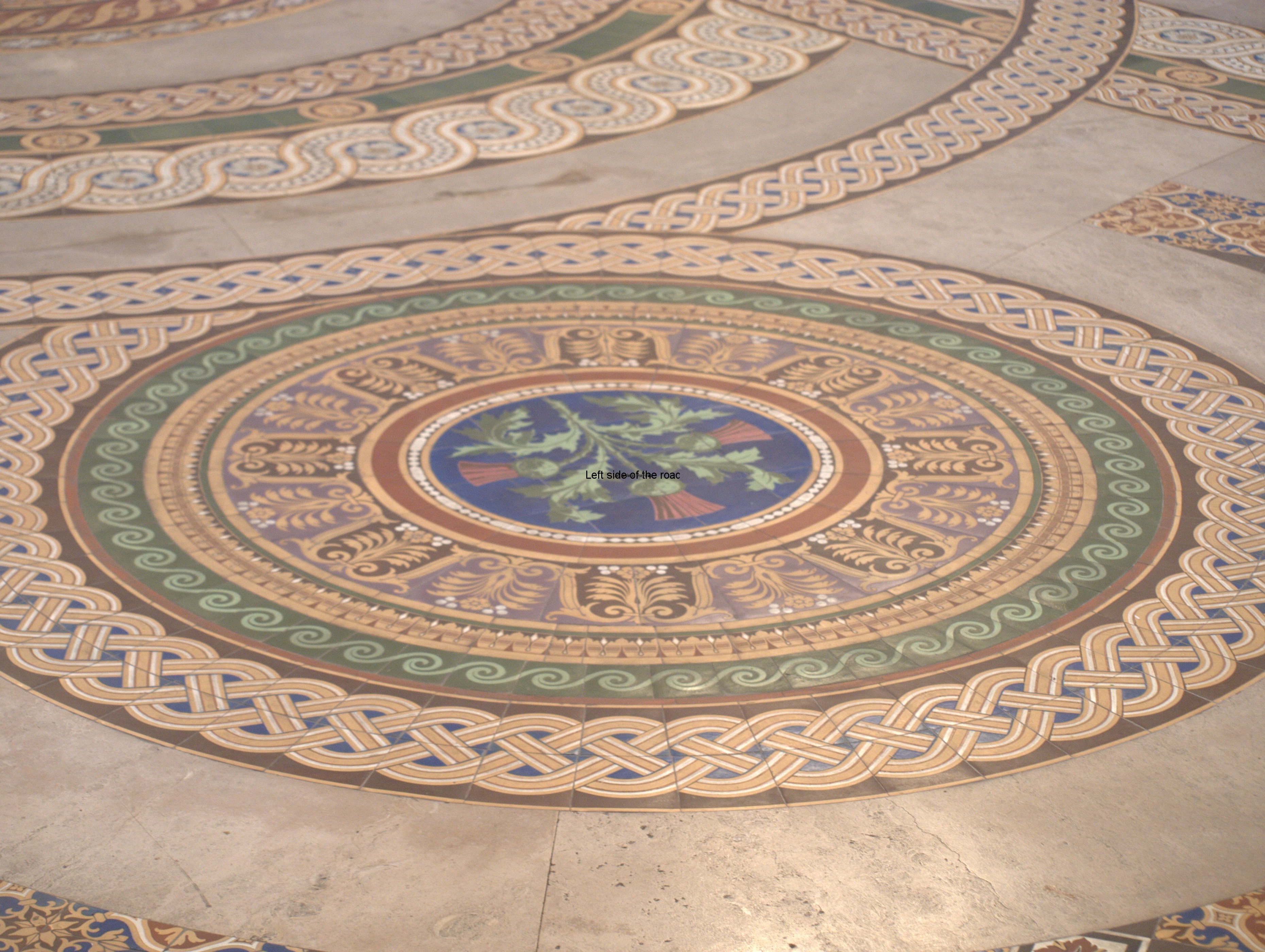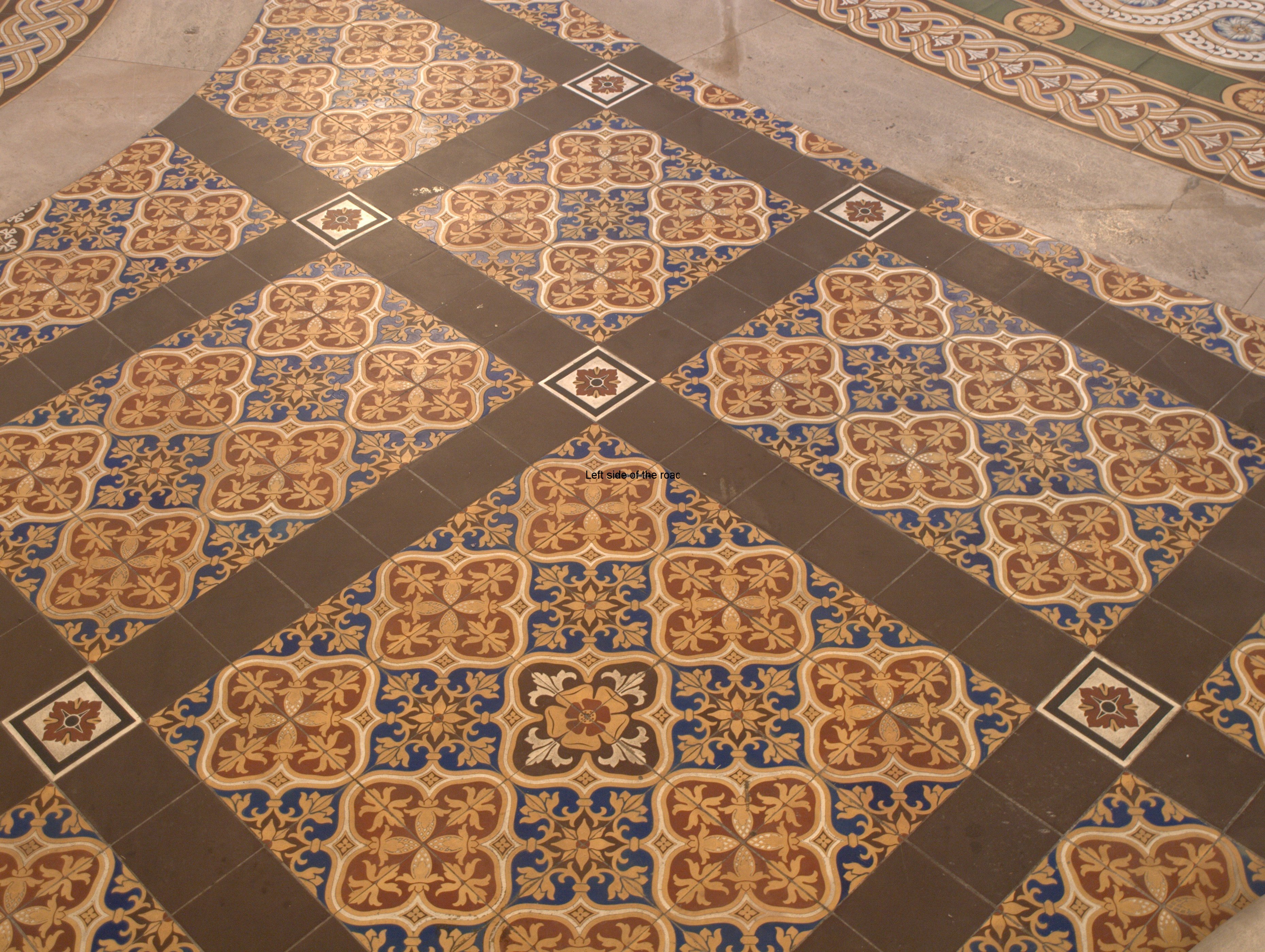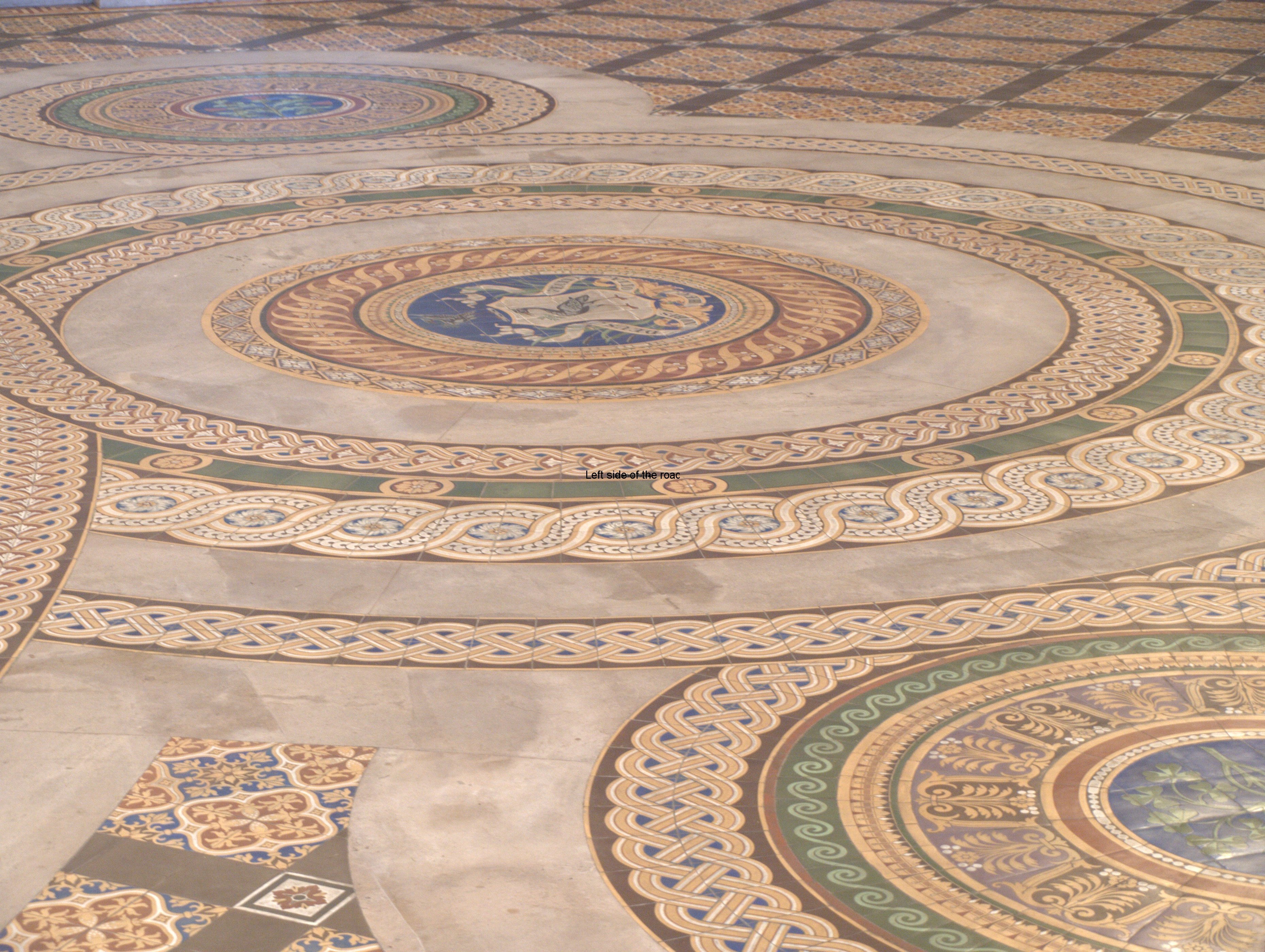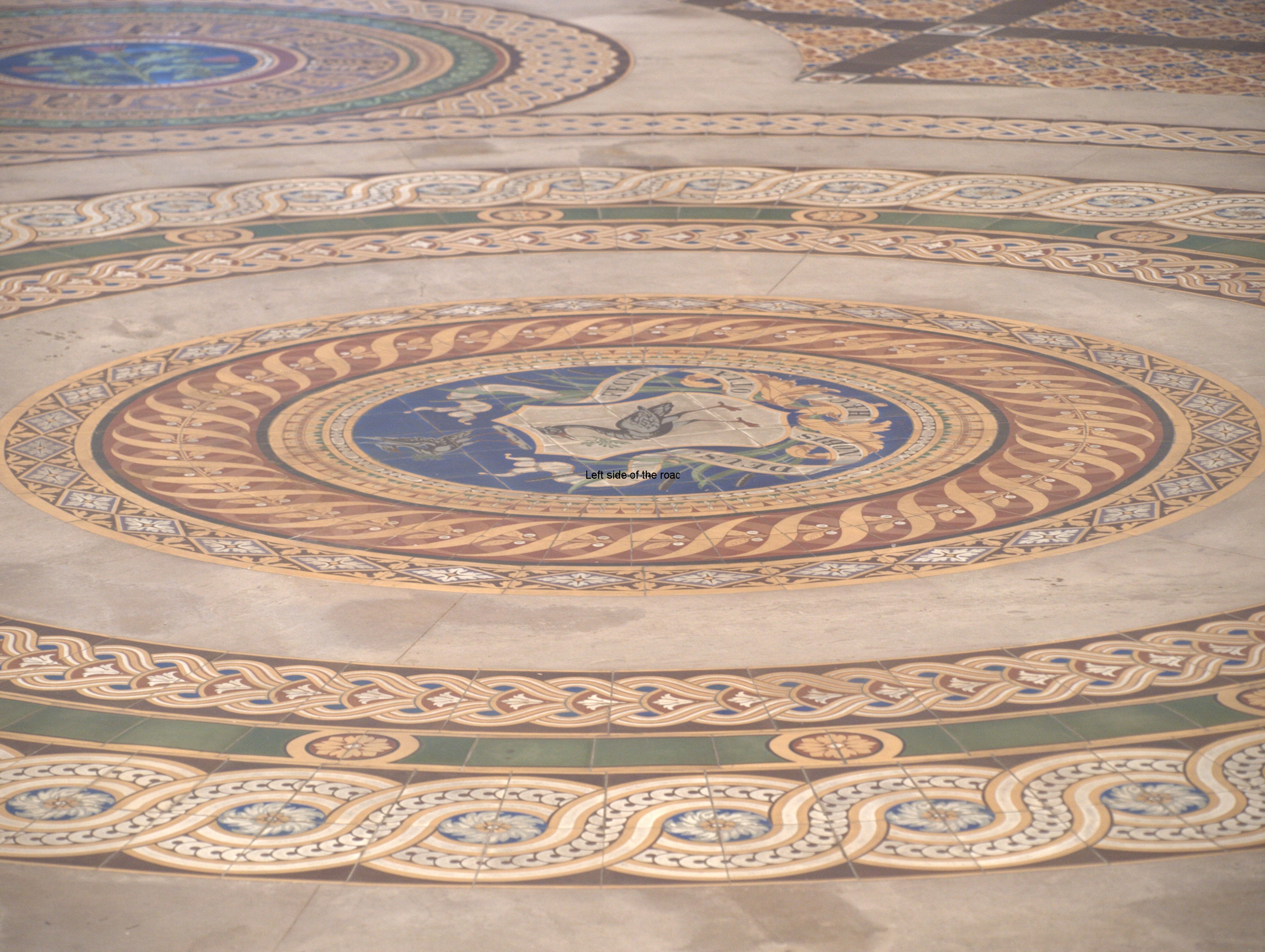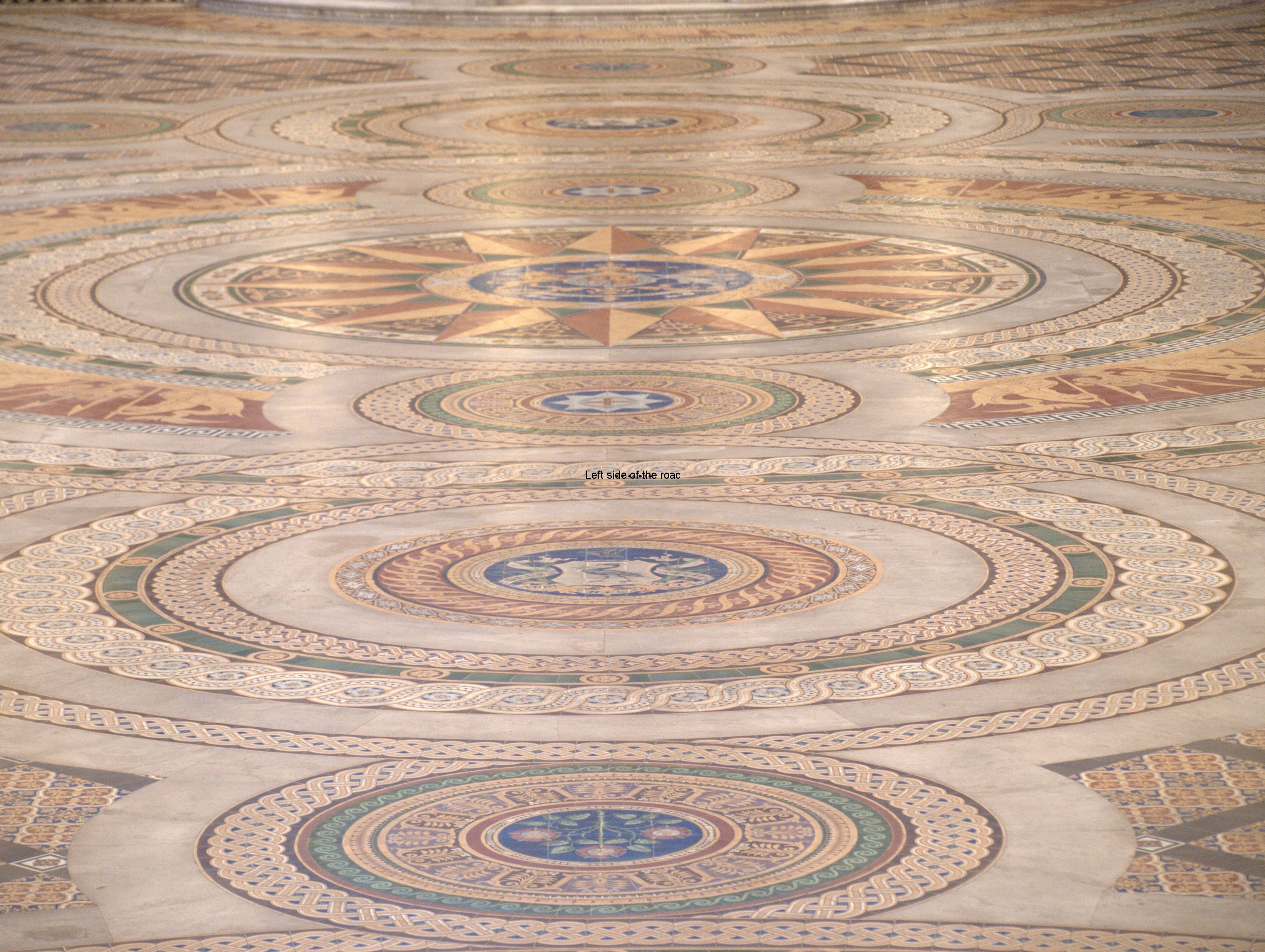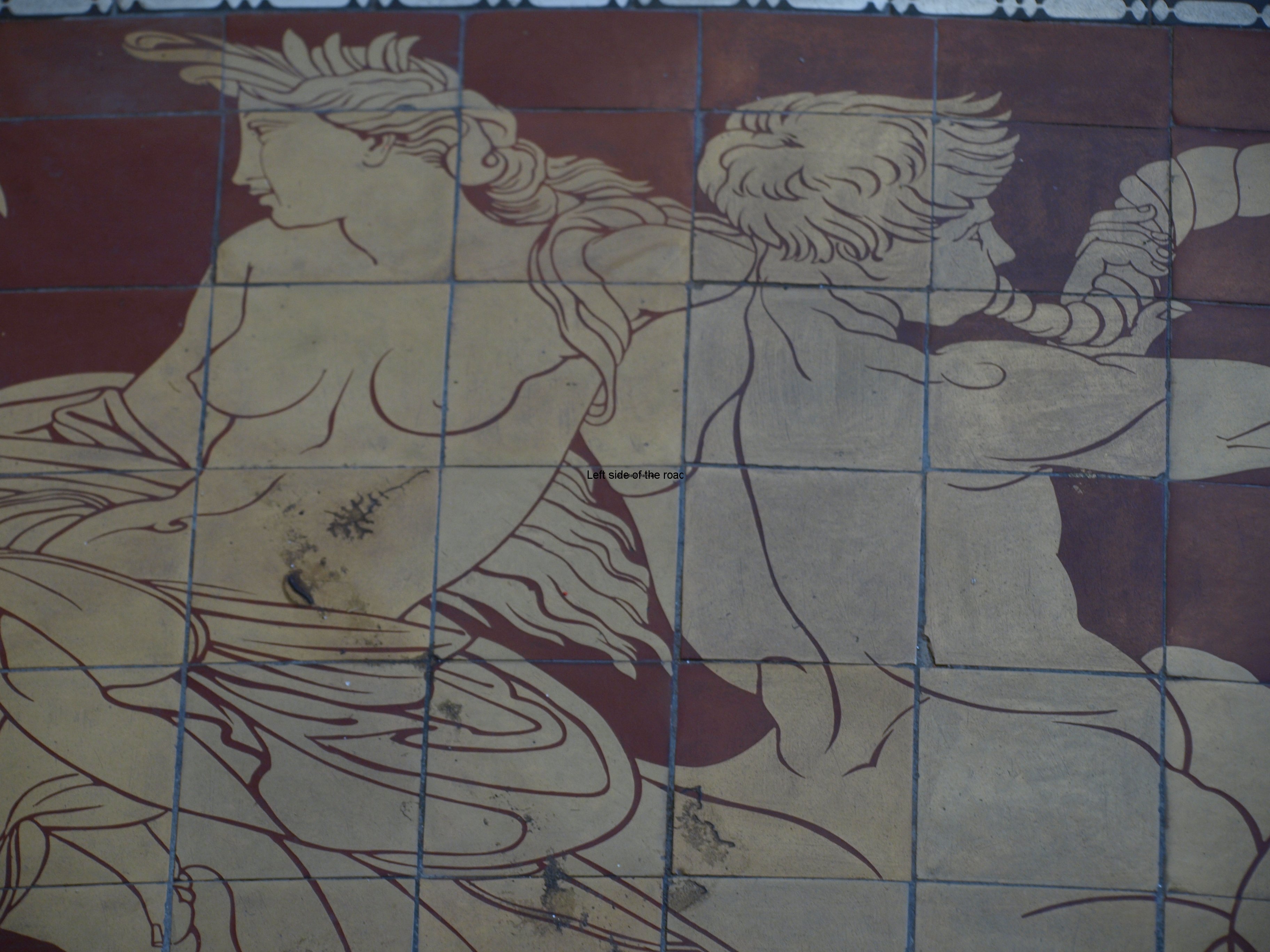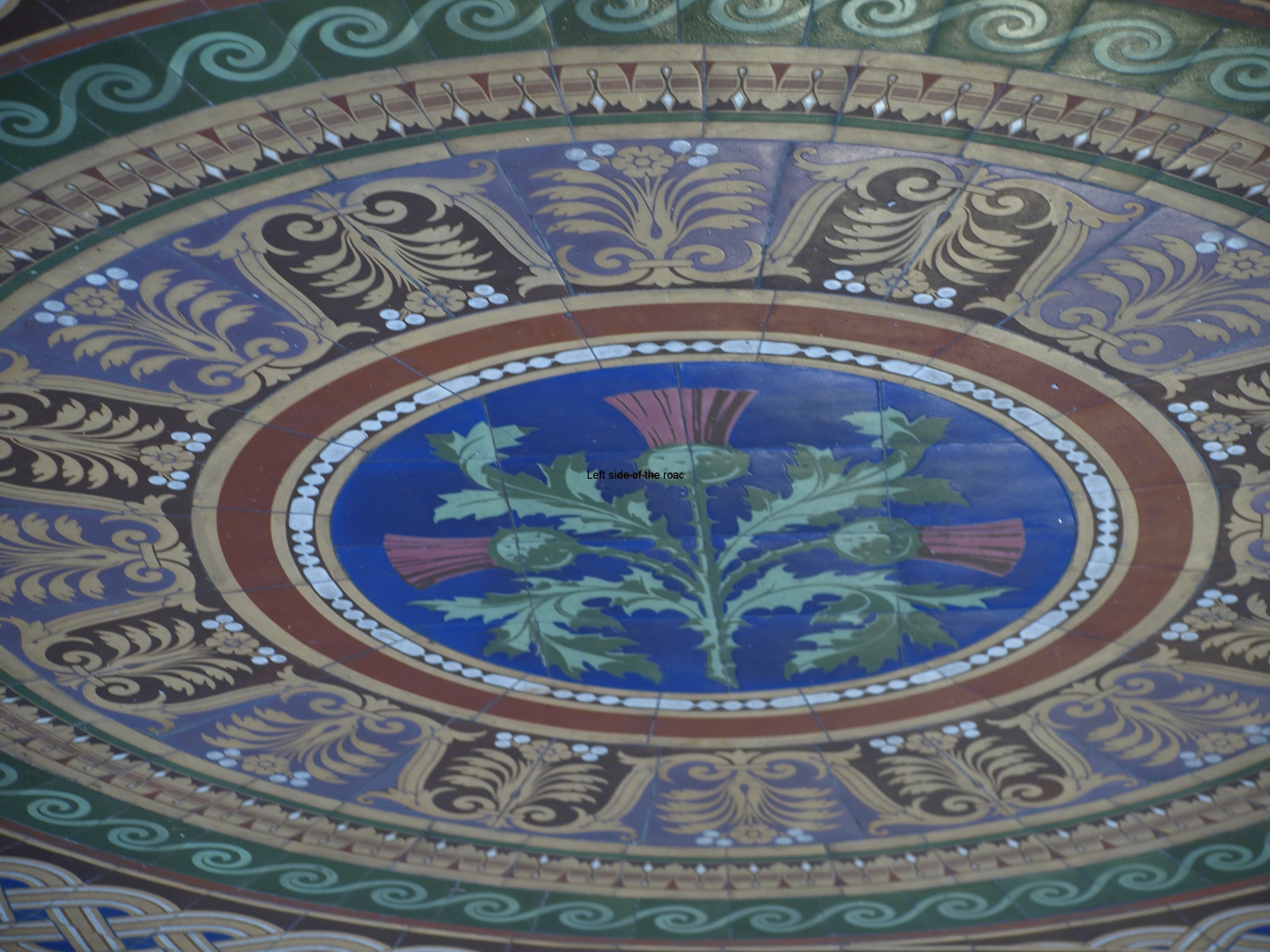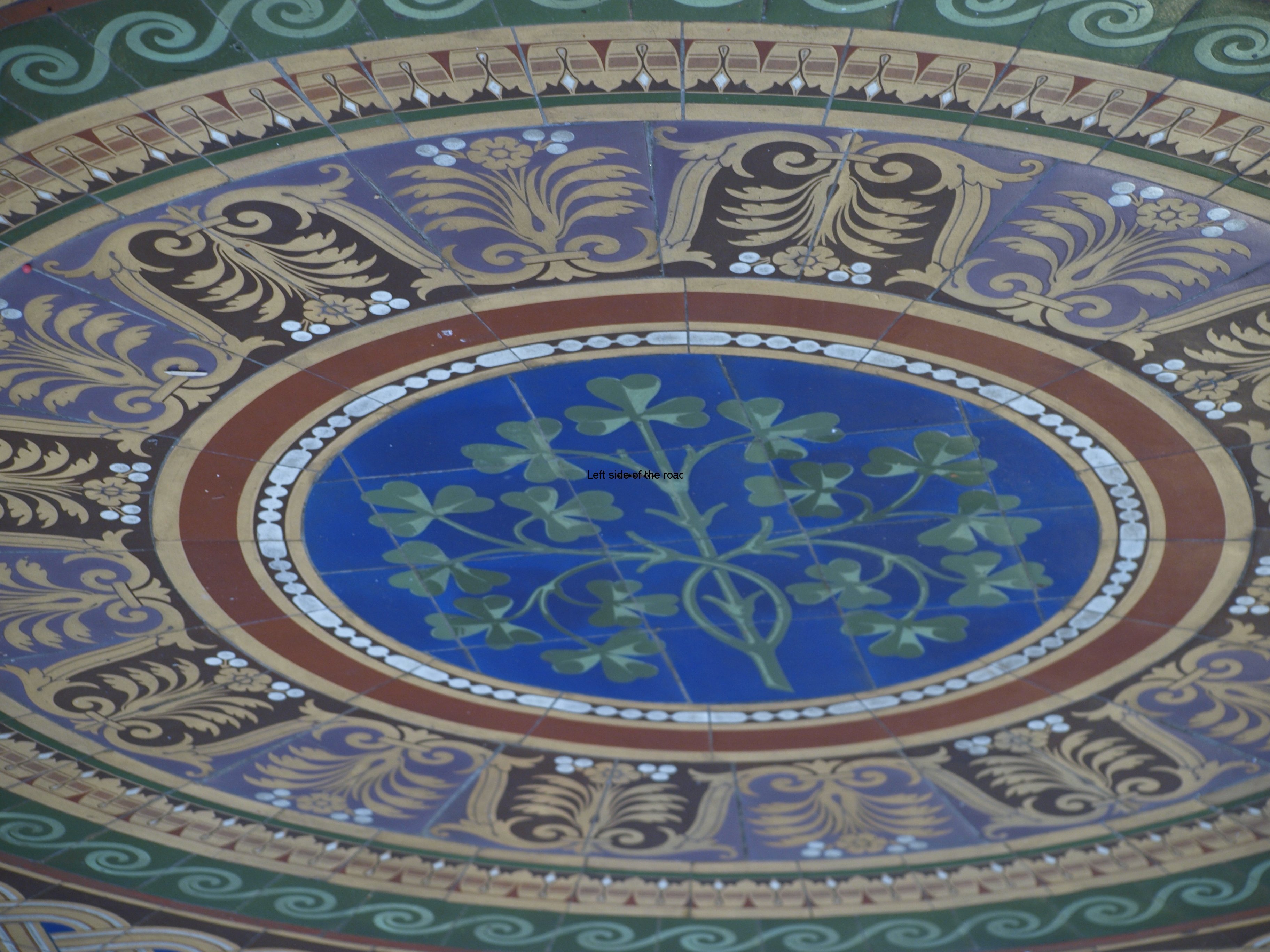Albania – View from abroad
On this page the intention is to provide a selection of articles, pamphlets and books that were produced outside of the country in an effort to provide information on the developments within Albania during its period of Socialist Construction.
New Albania Society, England
New Albania Society Bulletin – Number 1, 1974, London, 1974, 10 pages.
New Albania Society Bulletin – Number 2, 1974, London, 1974, 10 pages.
New Albania Society Bulletin – 1975, London, 1975, 10 pages.
New Albania Society Bulletin – Number 10, London, nd, 8 pages.
Albania, the most successful country in Europe, New Albania Society, London, 1977, 36 pages. A pamphlet produced in Britain in 1977 based upon the experiences and observations of a delegation of the Communist Party of Britain (Marxist-Leninist) who visited the country on 1976.
Albanian Life
Albanian Life was the journal of the Albanian Society in England.
A short guide to the People’s Socialist Republic of Albania, William Bland, Regent Holidays and The Albanian Society, Bristol, 1981, 39 pages.
Albanian Life, Number 24, Number 1, 1983, London, 1983, 52 pages.
Albanian Life, Number 25, Number 2, 1983, London, 1983, 52 pages.
Albanian Life, Number 26, Number 3, 1983, London, 1983, 45 pages.
Albanian Life, Number 27, Number 4, 1983, London, 1983, 48 pages.
Albanian Life, Number 29, Number 2, 1984, London, 1984, 49 pages.
Albanian Life, Number 32, Number 2, 1985, London, 1986, 50 pages. Published in England commemorating the life and work of Enver Hoxha shortly after the announcement of his death on 11th April 1985.
Albanian Life, Number 33, Number 3, 1985, London, 1985, 49 pages.
Albanian Life, Number 34, Number 1, 1986, London, 1986, 49 pages.
Albanian Life, Number 35, Number 2, 1986, London, 1986, 49 pages.
Albanian Life, Number 36, Number 3, 1986, London, 1986, 48 pages.
Albanian Life, Number 38, Number 1, 1987, London, 1987, 51 pages.
Albanian Life, Number 39, Number 2, 1987, London, 1987, 53 pages.
Albanian Life, Number 40, Number 3, 1987, London, 1987, 52 pages.
Albanian Life, Number 41, Number 1, 1988, London, 1988, 52 pages.
Albanian Life, Number 42, Number 2, 1988, London, 1988, 52 pages.
Albanian Life, Number 43, Number 3, 1988, London, 1988, 49 pages.
Albanian Life, Number 45, Number 2, 1989, London, 1989, 51 pages.
Albanian Life, Number 49 – March 1990-January 1991, London, 1991, 54 pages.
The Albanian Party of Labour on Czechoslovakia, Albanian Society, London, 1968, 17 pages.
Marxist-Leninist Journal
The Marxist-Leninist Journal was the Theoretical Journal of the Revolutionary Communist party of Britain (Marxist-Leninist).
Marxist-Leninist Journal, Volume 3, Number 2, July 1990, London, 1990, 100 pages. This edition included and article ‘On the 100th Anniversary of International Workers Day’ – (May 1st.) and two articles by Ramiz Alia
The Marxist-Leninist
Organ of the Central Committee of the Communist Party of Canada (Marxist-Leninist).
The Marxist-Leninist – Number 7, April 14 1985, 29 pages. This issue devoted to the life and work of Enver Hoxha, produced in the days after his death in April 1985
Albania Report
Albania Report was a bulletin edited by the Albanian Affairs Study Group. The periodical was published by Gamma Publishing Company, which was based in New York.
Albania Report Volume 1, Number 9, 1971, New York, 1971, 6 pages. Includes articles on Albanian Agriculture and The Permet Congress of 1944.
Albania Report Volume 2, Number 2, 1971, New York, 1971, 6 pages. Includes articles on the success of the Albanian Resolution for the People’s Republic of China to take its rightful seat in the United nations, the 6th Congress of Party of Labour of Albania, the 30th Anniversary of the Party of Labour of Albania and Pensions for Co-op farmers.
Albania Report Volume 3, Number 1, 1972, New York, 1972, 6 pages. Includes articles on Albanian comments on the US Presidential election campaign and about Albanians commemorating Georgi Dimitrov (the great Bulgarian Marxist-Leninist).
Albania Report Volume 3, Number 3, 1973, New York, 1973, 4 pages. Includes articles on Albania’s condemnation of Nixon’s war escalation in Vietnam, the joyous celebration of Albania’s National Day and the Albanians re-affirmation of support for the Cambodian People.
Albania Report Volume 3, Number 4, 1973, New York, 1973, 4 pages. Includes articles on Albania’s pledge of full support to the Vietnamese people, Imperialist aid: a neo-colonial trap and the Budget and economic plan for 1973.
Albania Report Volume 3, Number 6, 1973, New York, 1973, 6 pages. Includes articles on Albanian women celebrating great achievements and Samdech Norodom Sihanouk, the Cambodian leader, visits Albania.
Albania Report Volume 4, Number 1, 1973, New York, 1973, 6 pages. Includes articles on Albania hailing the 10th Congress of Communist Party of China, the ‘Internationalisation’ of culture and art and Albania’s condemnation of the fascist coup in Chile.
Albania Report, Number 63, September 1985, New York, 1985, 4 pages. On the death of Enver Hoxha.
Albania Report, Number 67, December 1988, New York, 1988, 4 pages. Includes articles on Ramiz Alia‘s comments on the world situation and the great achievements of Cooperative Farm workers.
Socialist Albania
Socialist Albania was a quarterly publication of the New Albania Study Group, an organization which was devoted to informing people about the Peoples’ Socialist Republic of Albania, the life of the Albanian people, and the realities of their economic and social system. Their aim was to increase the understanding and friendship between the American and the Albanian peoples.
Socialist Albania, Number 2, Fall 1989, Chicago, 1989, 38 pages. With articles relating to 45 Years of Liberation of Socialist Albania including; on the economy and the situation of women in the country.
New Albania – A small nation, a great contribution, 1984, USA, 46 pages. A booklet produced in the United States in celebration of the 40th anniversary of the liberation of the country and the beginning of the Socialist Revolution – 29th November, 1944. A collaboration by a number of US based Albanian Friendship Societies.
Pickaxe and rifle, William Ash, Howard Baker, London, 1974, 271 pages. The first book to give the opportunity of those in the capitalist ‘west’ to get an idea of the vilified and ‘isolated’ People’s Republic of Albania. Written by a British based Marxist-Leninist it offers the general reader the opportunity to get to know a society where the workers were in control. This was even more important at a time when the society in Britain was falling apart – not too different from how it is more than 40 years after its publication.
Pickaxe and rifle, William Ash, November 8th Publishing House, Toronto, 2024, 290 pages.
Remembering Comrade Enver Hoxha
The name and work of Comrade Enver Hoxha will live forever, Hardial Bains, speech delivered at the meeting held on October 14 1985, in Toronto, to commemorate the 77th anniversary of the birth of Comrade Enver Hoxha, Marx, Engels, Lenin, Stalin Institute, Toronto, 1985, 61 pages.




